Sometime in 1988, not long after joining Kodak Ltd, I was given a tour of the Harrow factory. It was probably during the summer because the tour included Track 5 where colour negative paper was manufactured. In those days the coating tracks operated 24/7 and the summer maintenance period was one of the few occasions when visitors like me could have to have antabuse online a look around. I cannot remember all of the details of that tour but I left the factory that day enormously impressed and very proud to be working for Kodak.
Today, despite an explosion in the number of images being taken, now with telephones rather than cameras, the demand for photographic paper has declined dramatically. The Harrow factory is now owned by Kodak Alaris, who are reducing capacity to match this shrinking demand. Manufacturing will stop in October 2016. It is the end of an era for a factory that has been in operation since 1891, and was once the largest manufacturing facility in the British Empire!
I was keen to take a last look at the factory and take some photographs and Dick Hamer agreed to take me on a tour of the factory where he has worked for the last forty odd years. I spent a few hours with Dick and Richard Scotto, looking around Track 5 and some of the other buildings on the site.
Modern photo paper is made using a polythene coated base. In years gone by, Kodak used to coat the paper base and add the iconic back-print at the Harrow site. Nowadays the paper base is brought in from Germany with the back-print and prednisone online polythene coating already in place. All the factory has to do is to add the appropriate light sensitive emulsions!
Back in 1988 when I first toured the factory I could xanax not imagine how this was done. I half expected to see my colleagues pouring jugs of liquid emulsion onto sheets of paper and spreading it out with squeegees. The reality of course was very different. Paper base passes through the coating track at a speed rather faster than my morning commute, and is turned into photographic paper by the addition of seven or eight different liquid layers. All of this happens in a coating track that is 900 meters long, and that winds its way through an eight storey building in the dark!
Just to give you an idea of scale, a typical parent roll is a bit more that 4 kilometers long and 1.5m wide. One roll could nearly cover the area of a standard soccer pitch. The Track 5 building is actually home to two independent, almost identical tracks: 5/1 and 5/2, which together can coat about nine of these rolls every hour. So, in a twenty four hour period the two tracks coat enough length of parent roll to reach from Harrow to Stuttgart. That is enough paper for 81 million holiday snaps which, in the unlikely event that they were laid end to end, would stretch 12199 kilometers or, all the way from Harrow to Rochester NY and back! In an age when people just want to share their pictures on facebook, Instagram and co, this is just too much capacity!
I am conscious that I am getting carried away and am using far too many exclamation marks in my story!!! Without further ado, let’s take a few deep breaths and take a look at some of the pictures I took.
Because of the route we took through the factory, my photos were not taken in the order in which they would actually occur in the manufacturing process. I am grateful to Andy Church, a colleague of many years and the most knowledgeable person I know on the subject of photo paper manufacturing, for patiently reviewing the pictures with me and helping me to put them in some sort of logical order. Nevertheless, if, you are looking to set up your own paper coating operation, do not use these pictures as guide. Some of them will almost certainly be in the wrong order.
The paper base arrives at the factory from Germany and is stockpiled in a holding area in the parent roll store (Building W173) close to the start of the coating tracks. The rolls each weigh about 1200kg and at this stage are standing upright. They will need to be carefully rotated onto their sides before the coating process starts. Each roll is labelled with the name and surface finish of the product that it will eventually be made into. I had imagined that the surface finish (gloss, lustre, matte or silk) was determined by some treatment during the coating process but it turns out that this happens as part of the resin coating operations in Germany.
Connecting the parent roll store to the start (and finish) of the coating tracks is the so-called trucking tunnel, down which the rolls are transported on their way to and from the manufacturing line. As you approach the start of the line, the lighting level gets gradually dimmer to allow the operators eyes to become accustomed to the darkness that they will be working in during their shift.
Paper rolls are loaded onto an unwinder that holds two rolls. Whilst one roll is unwinding down the track, a second one is made ready and, as the first roll runs out, the second one, all 1200kgs of it, is swung into position and joined to the end of the previous roll. The trailing end of the roll being coated needs to be stopped briefly without slowing down the paper passing the coating point. To achieve this, paper is accumulated between two sets of rollers which swing together like a giant pair of scissors. When the new roll has been spliced successfully, the scissors swing open again to buffer paper for the next change.
As I photographed the winding equipment I remembered that I had my elderly Nikon film camera, loaded with Ektar 100 with me, and I got it out to take a couple of snaps. In this cathedral of all things analog I thought it was somehow fitting to take some “proper photographs”. It was the first time I had used the camera in about 15 years. After each click of the shutter I found myself glancing down at the back of the camera, looking for a screen to check how the picture had turned out! Actually, I had to wait rather more that a week (and spend 30€) to find out how the film images turned out. Here is one of them. I have to admit that I much prefer the digital images!
As the paper approaches the coating station, it runs through a corona discharge unit which bombards the paper surface with streams of electrons. These cause breaks in the polymer chains that make up the polythene coating and provide a much better surface for the emulsion to adhere to.
When Track 5 was built in the 1980s, the emulsion was applied to the paper using a technology known as bead coating. This obsolete method is no longer used but the “Bead Coater” itself, being part of the fabric of the building is still present. The paper web simply bypasses this picturesque piece of history on its way to the much more modern “Curtain Coater”.
The business end of the curtain coater is the “Hopper”. Machined to incredibly tight tolerances out of a massive block of titanium, it’s function is to create a constant cascade of up to eight warm liquid layers, to drop down onto the paper base that is passing underneath. The emulsion layer when dry is only about 6 microns thick (one twentieth of the diameter of a human hair) so you can imagine how thin the individual layers need to be. They are designed with viscosities that prevent them mixing. All of this needs to happen in the absence of air bubbles, impurities, or anything that would jeopardize the homogeneity of the emulsion. It is difficult to imagine that the process actually works – but it does. I have heard that the cost of a hopper is something close to a million dollars. Three Hoppers are shared between tracks 5/1 and 5/2.
During my tour I did not get a good picture of the hopper so I am grateful to Robert Gunsing for letting me use a picture he took during a visit on the same day.
Close to the coating station at the south end of Track 5 are the large emulsion manufacturing areas. This is where the light sensitive emulsions and the liquid dispersions are manufactured according to proprietary recipes that Kodak has developed and refined over the decades.
I will not pretend to understand what I was looking at but (vastly oversimplifying) the process works something like this: Four 3500kg batches of gelatin based, light sensitive emulsion are prepared every 24-hour period. This material is allowed to solidify and is stored until it is needed. At which time it is melted and mixed with a whole variety of secret sauce dispersions – including the dye forming components and interlayers. These coatings are piped to the hopper for immediate use.
After the emulsion is coated onto the paper, the next vitally important step is to ensure that it stays there. Remember that the paper is moving at about 5 meters per second through the track with seven or eight layers of warm liquid wobbling about on its surface. This web runs straight from the coater into a chiller room which takes the temperature right down to almost zero degrees Celsius. The paper runs horizontally over a series of ribbed rollers until the emulsion has solidified sufficiently. Until this happens, needless to say, nothing can touch the emulsion side of the paper otherwise it would leave an impression.
Not long before the end of the track, the paper passes through a laser scanner which examines the surface of the paper for physical defects such as scratches or bubbles. Any defects are logged so that affected portions of the parent roll can be discarded at the finishing stage. One of the many interesting things that I learned during the tour is that the rollers that guide the paper through the coating track, have varying circumferences. This is a massive help in finding the source of cyclical defects because once you have measured the distance between the marks, you can easily work out which roller is the culprit!
Now, at the end of the coating process we have reached the “Reeler”. Think of this as the unwinder in reverse. Here the finished sensitized material is wound back onto a core before being wrapped in lightproof black plastic and taken out through the trucking tunnel to the finished goods store in building W173.
I have mentioned a couple of times that the coating track we toured was Track 5. Tracks 1 & 2 used to be on the west side of the site but production stopped there some years ago and they were demolished. I am not sure what happened to Track 3 (I don’t even know if there ever was a Track 3) but, Track 4 certainly did exist and was used for making photographic film until 2005.
Much of the track has been dismantled but some portions still remain. Dick had a set of keys and was kind enough to take us inside.
When George Eastman chose Harrow to build his first factory outside the USA, he was looking for a site with excellent road and rail access, plenty of room for expansion and an abundant supply of good quality water. There are five wells on the site and Kodak has licenses to withdraw water for use in the manufacturing process. This is one of the five wells – now sealed.
We rounded off our tour of the factory with a visit to the power station and to the engineering workshops where many of the moveable items were labelled with lot numbers for forthcoming auctions. We could have spent days wandering around with our cameras and still not have covered everything. In some ways I wish I had had the presence of mind to start this project 15 years ago. There certainly would have been a lot more to photograph.
Back outside again, this is the view from the roof of Track 5, looking eastwards.
Looking in the opposite direction. The flattened area in the foreground is where Tracks 1 & 2 used to be. Across the road (Harrow View), houses are being built on the site of the old Kodak Recreation Grounds
Although I have never been permanently based at the Harrow site, I have spent quite a lot of time there during various stages of my employment with Kodak. I used to be a regular visitor to the Color Photo Technology building when I worked as a product specialist on high speed printers. Much later I worked with colleagues in the European Graphic Technology Center, and was there when the building was inaugurated by Prince Andrew in June 1991 (I got my picture in Kodak News showing him the Kodak Premier Image Retouching System). The area where these buildings used to stand is now scrubby grassland because it is cheaper to knock buildings down than to pay rates when they are standing empty.
I will not have another occasion to visit the factory before it is decommissioned. If I find myself close to Harrow in years to come, I will probably be unable to avoid the temptation to drive past and see what has happened to the place. It will look very different when the factory buildings are replaced by houses, schools and shops.
James Casha
October 2016


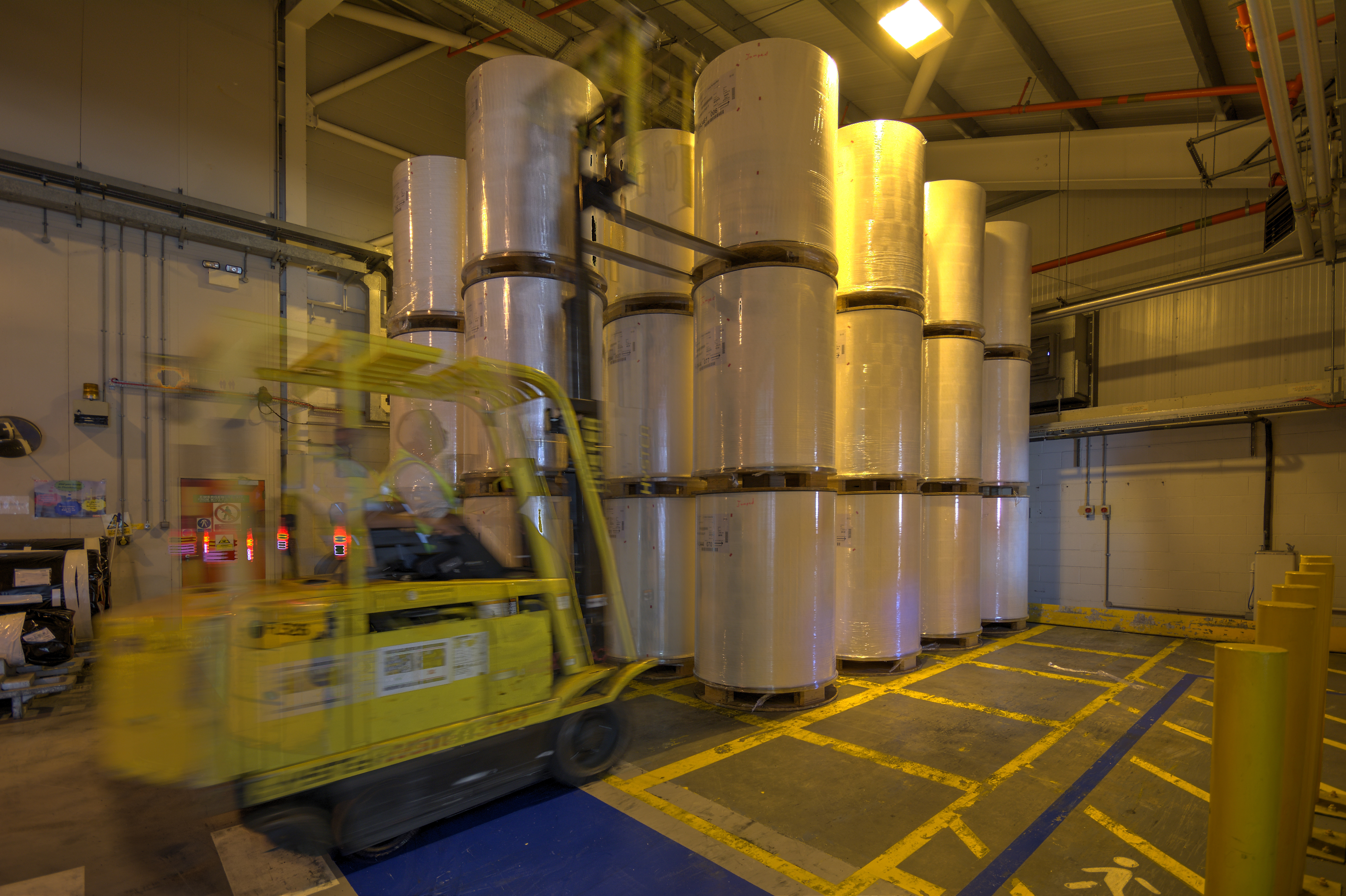
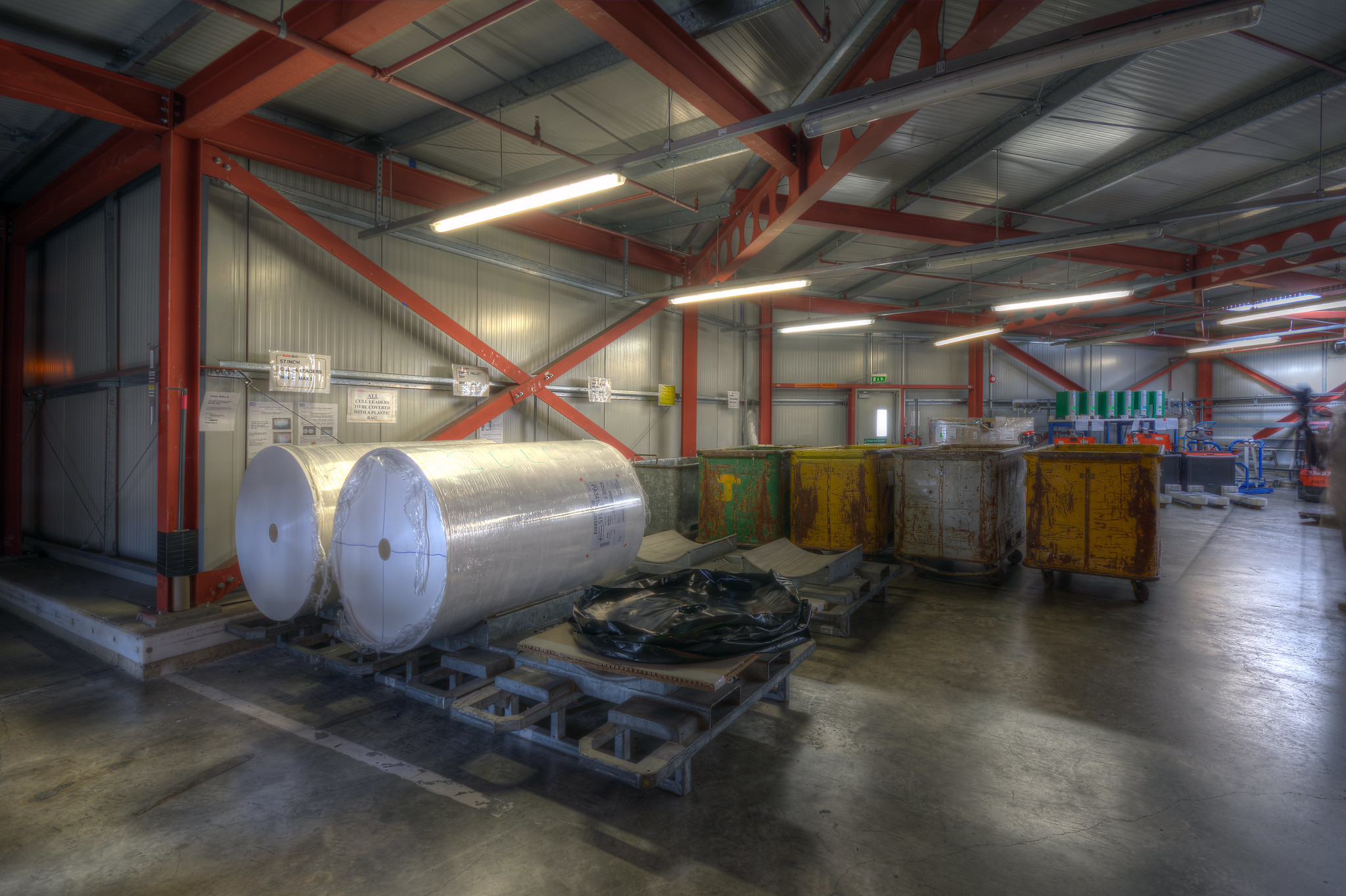
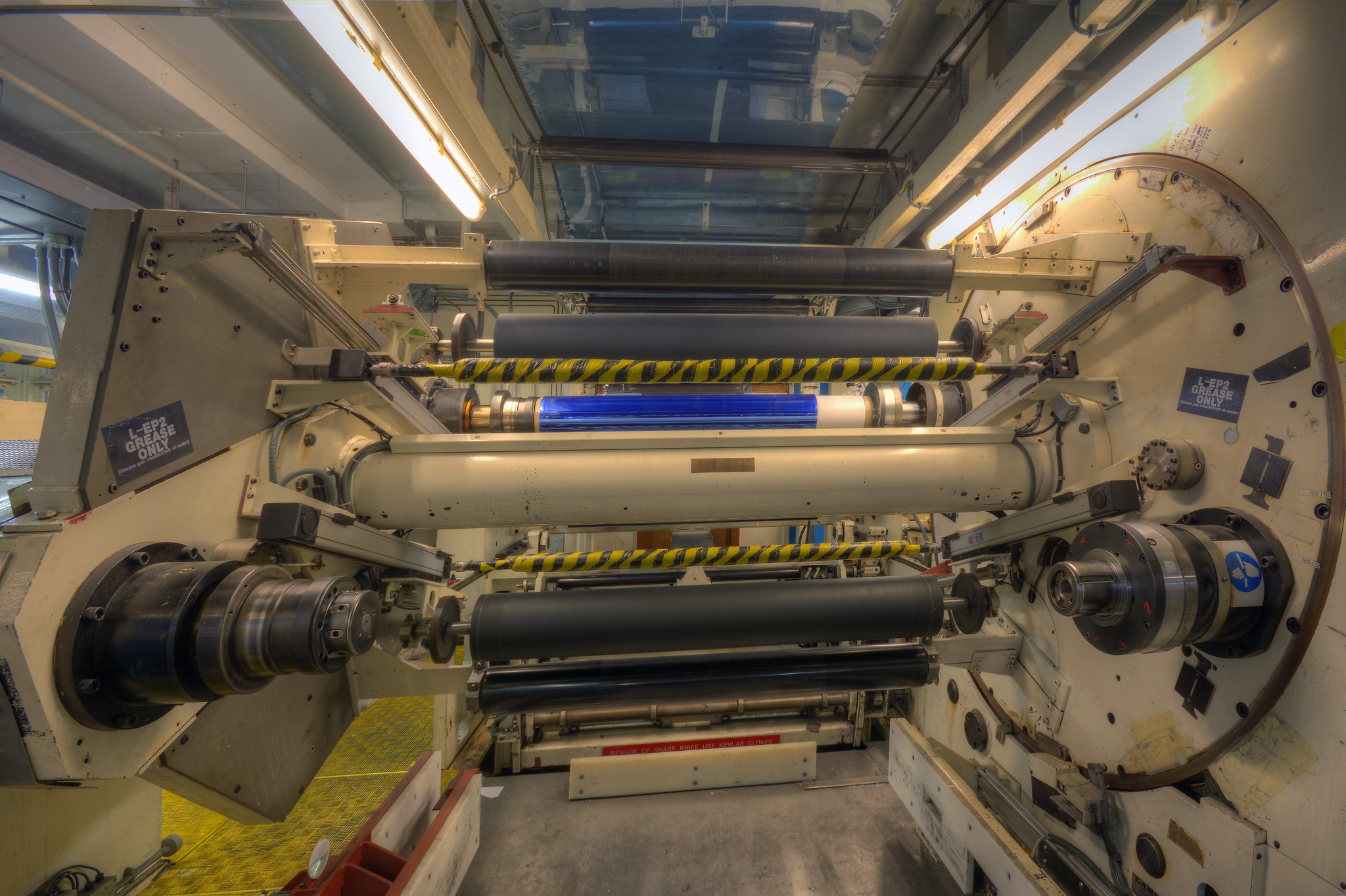
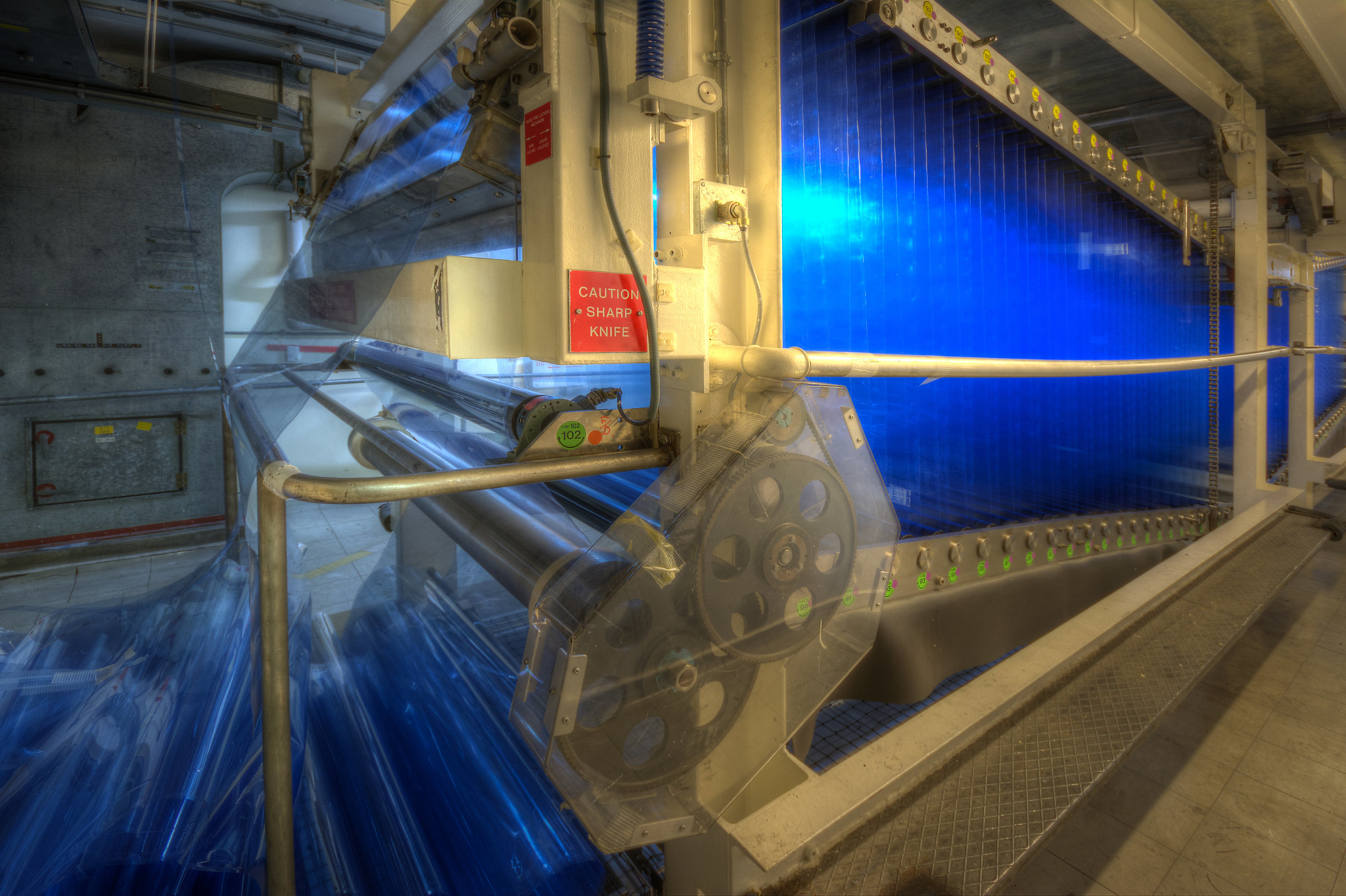
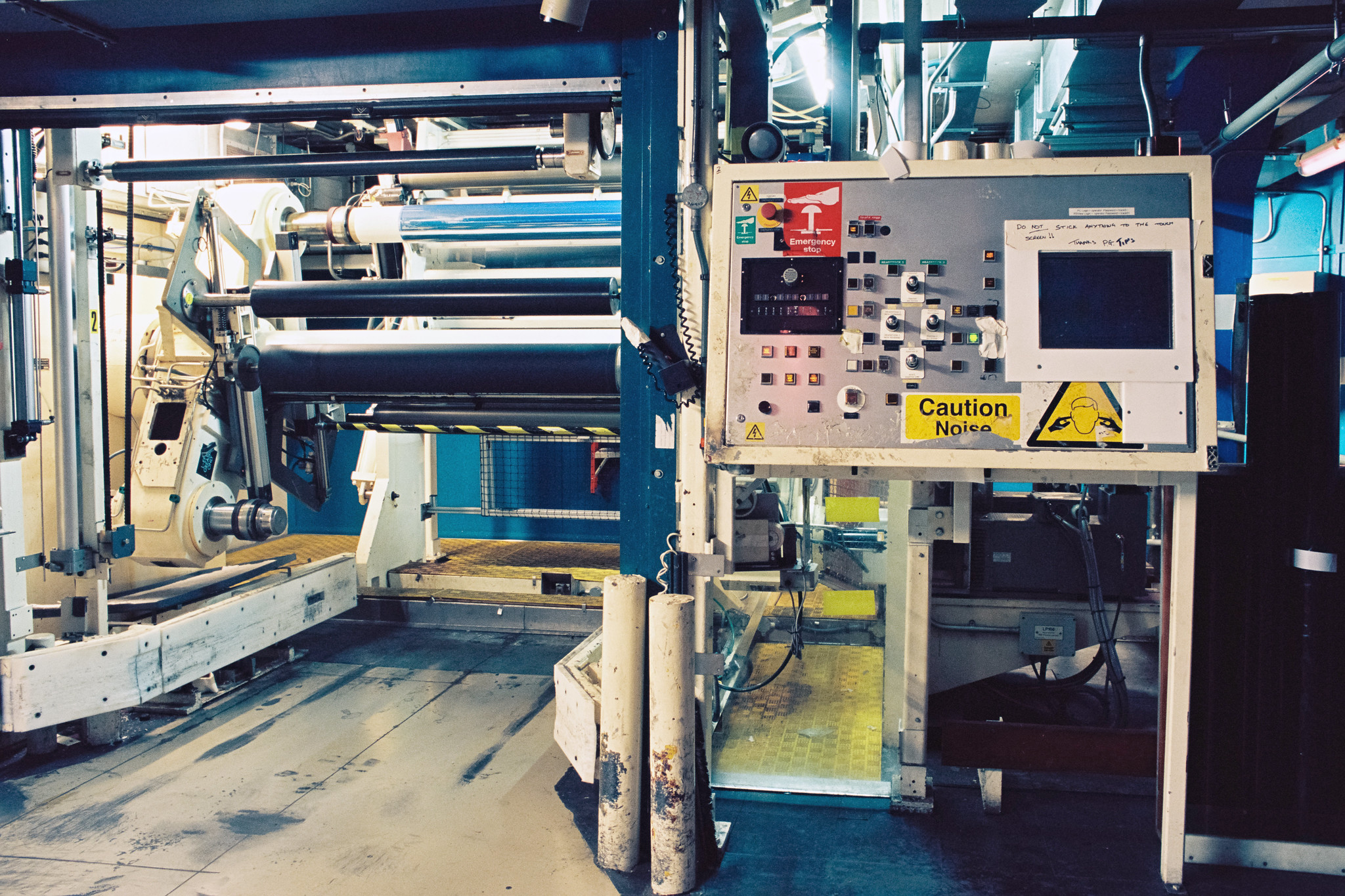
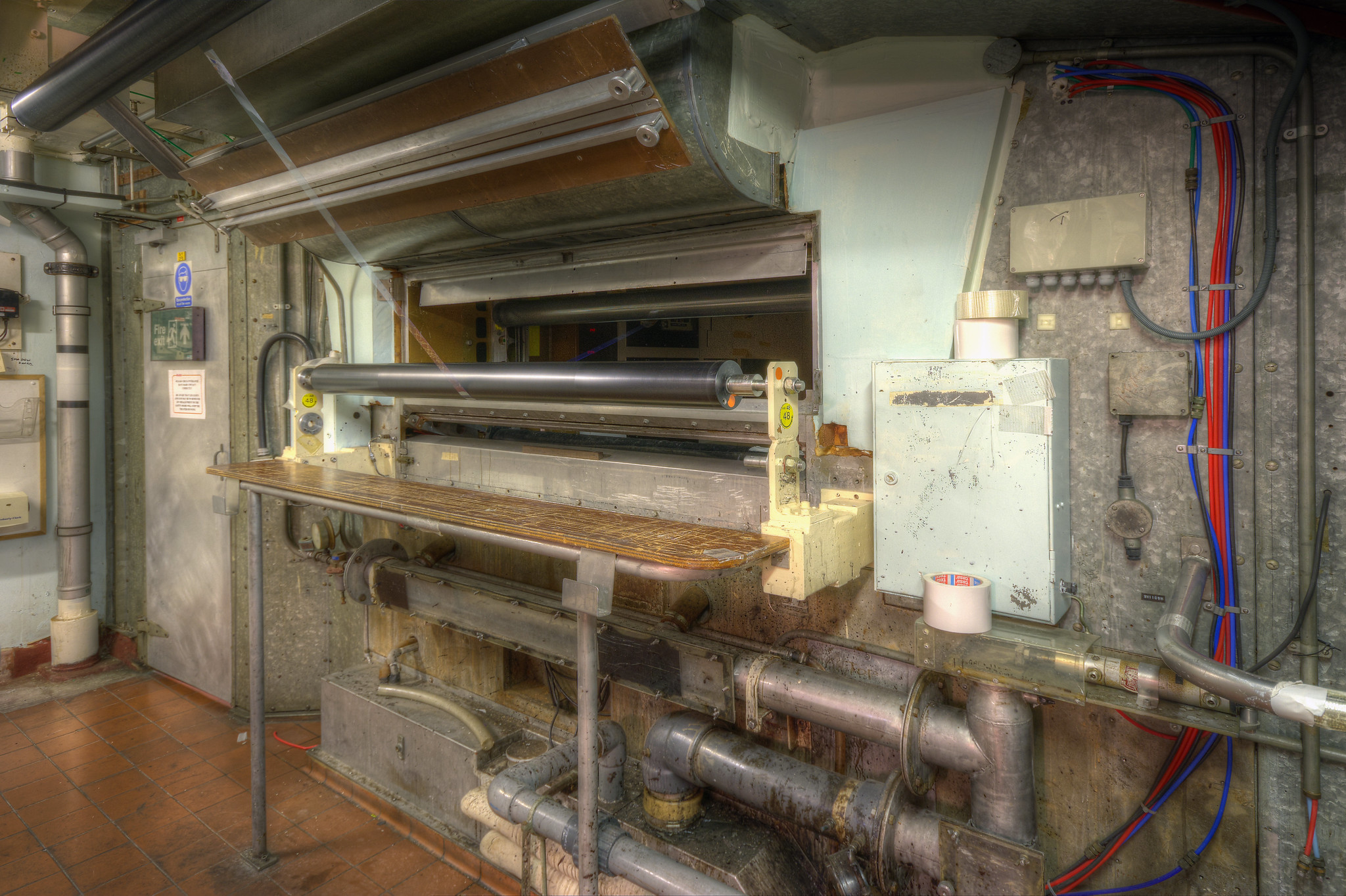
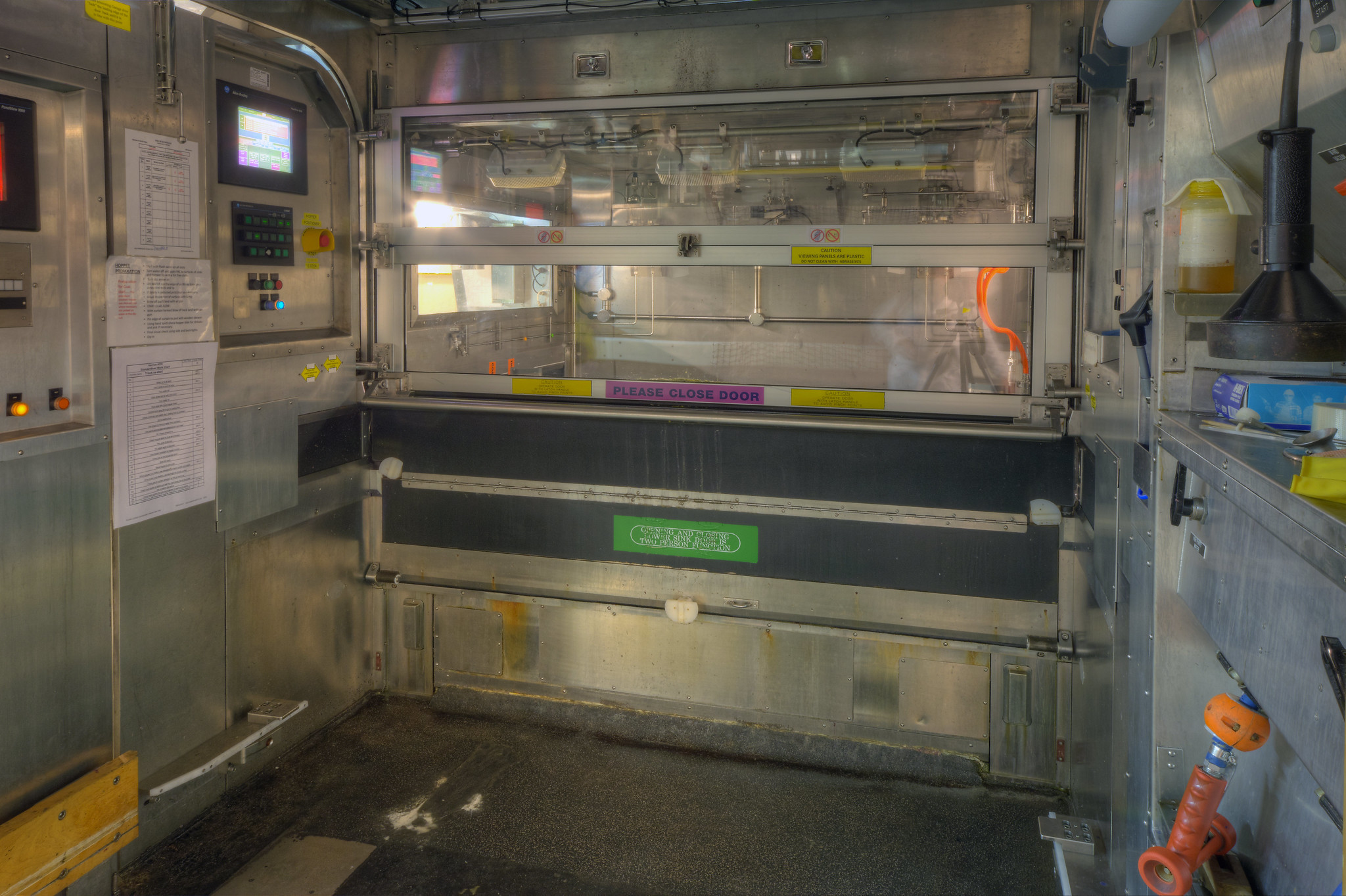
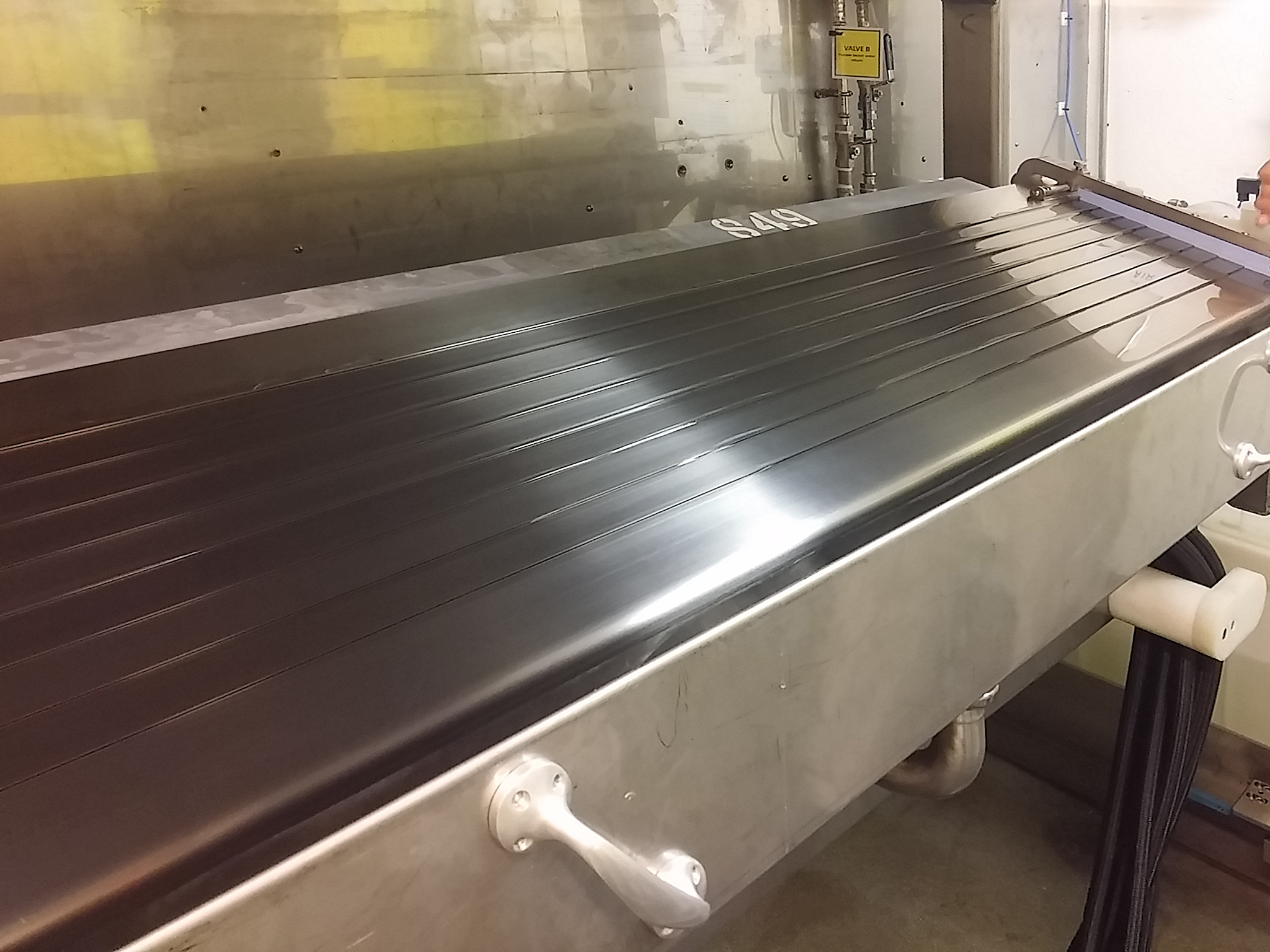

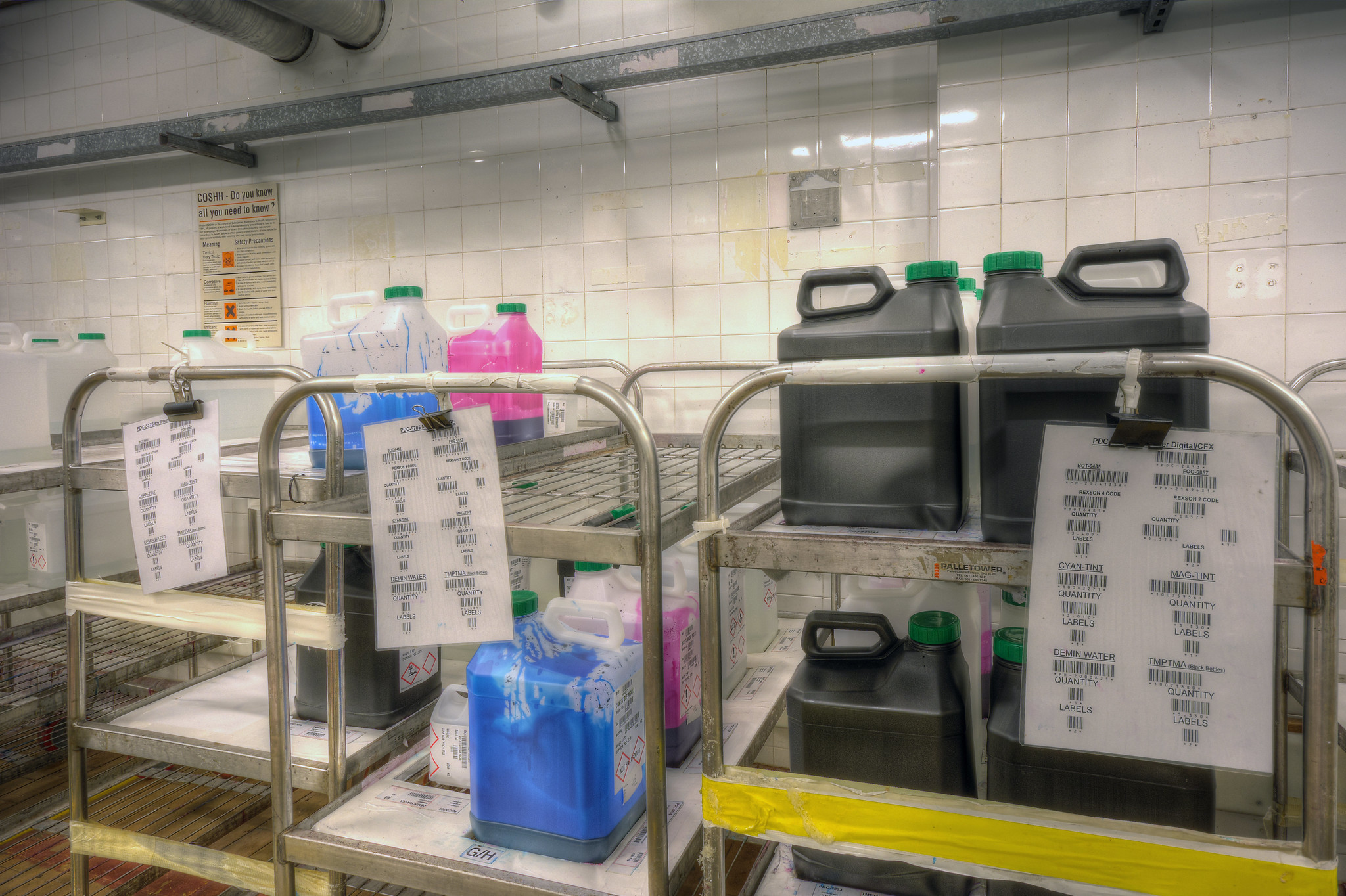
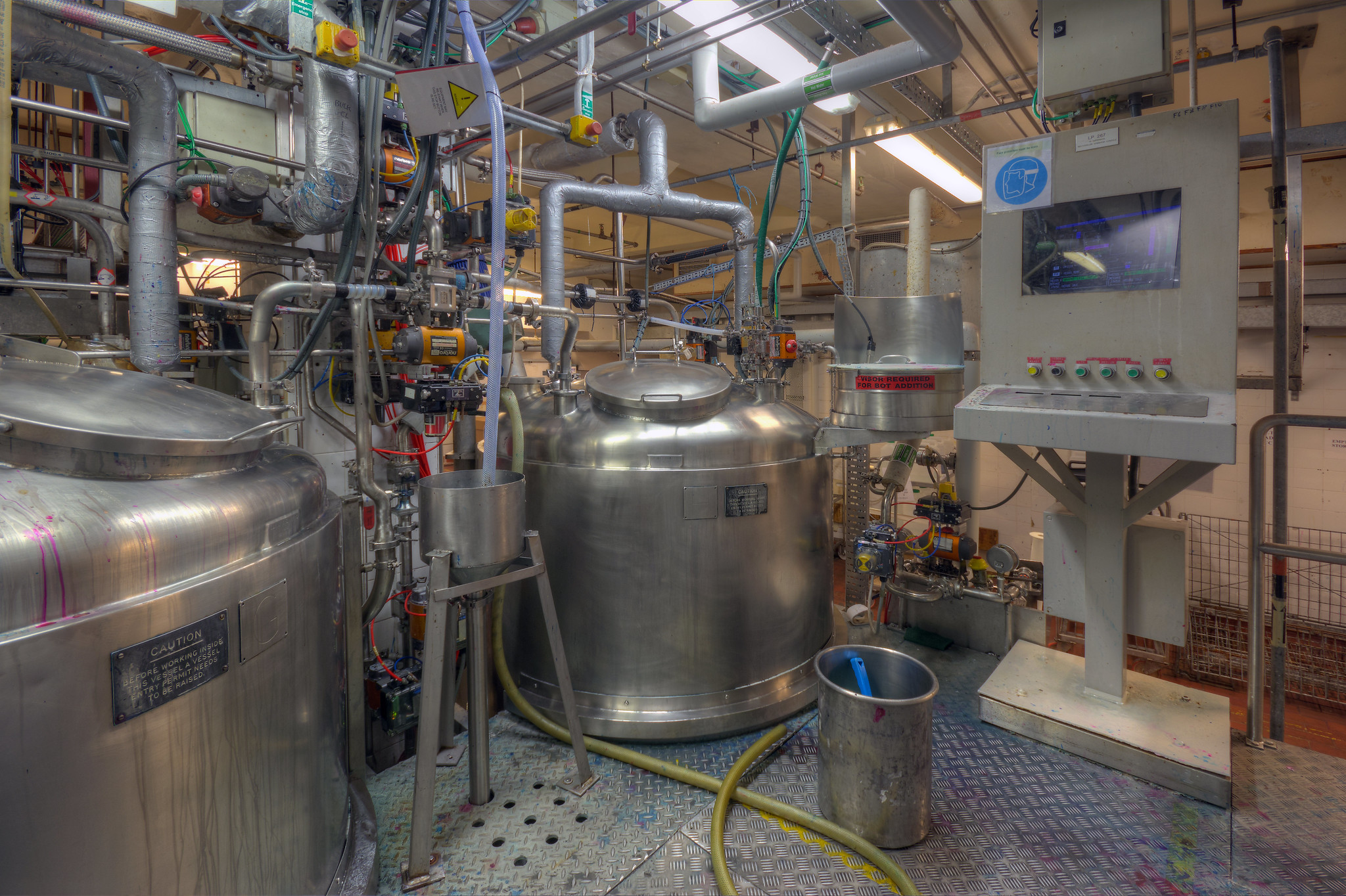

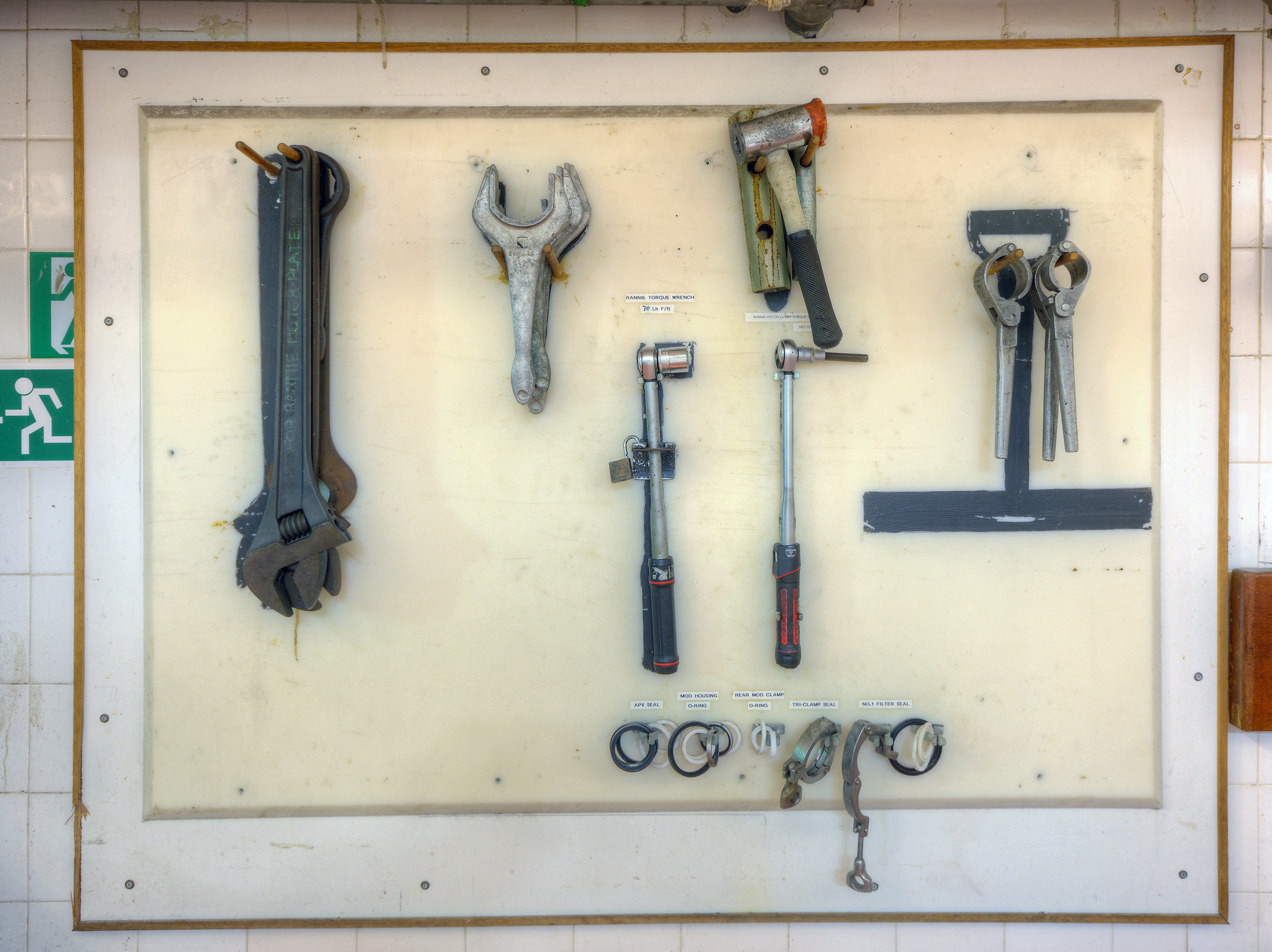
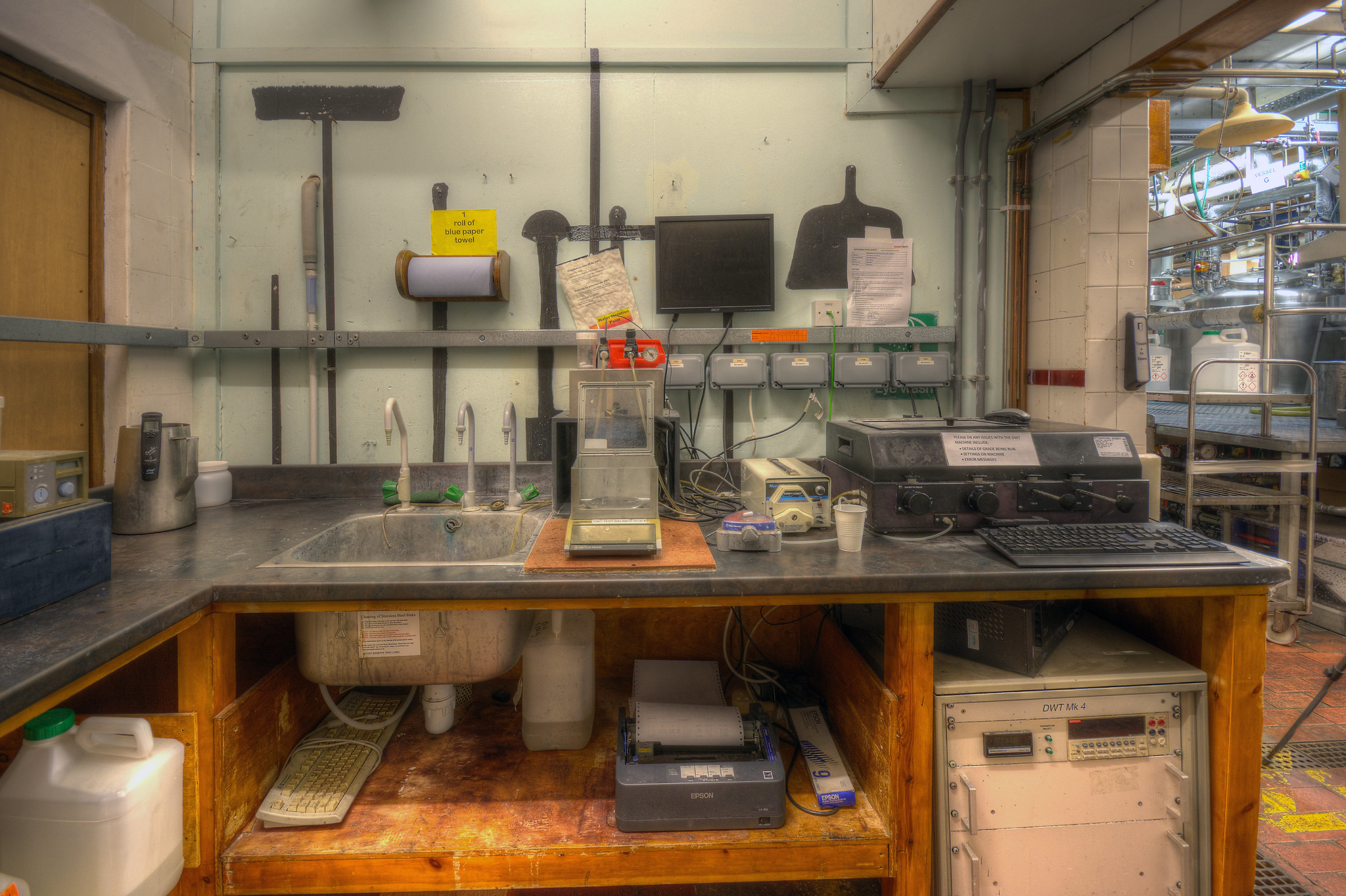
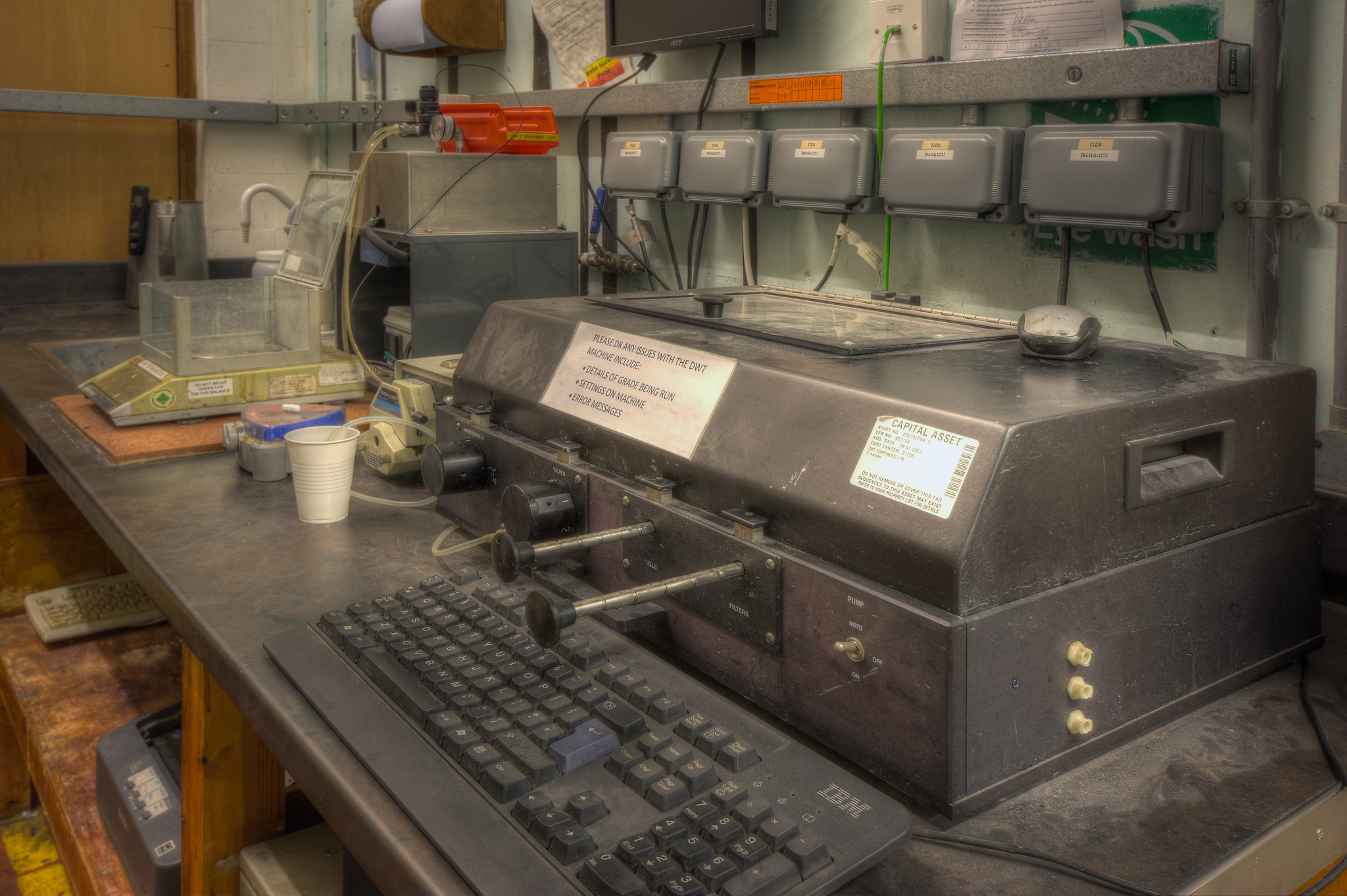
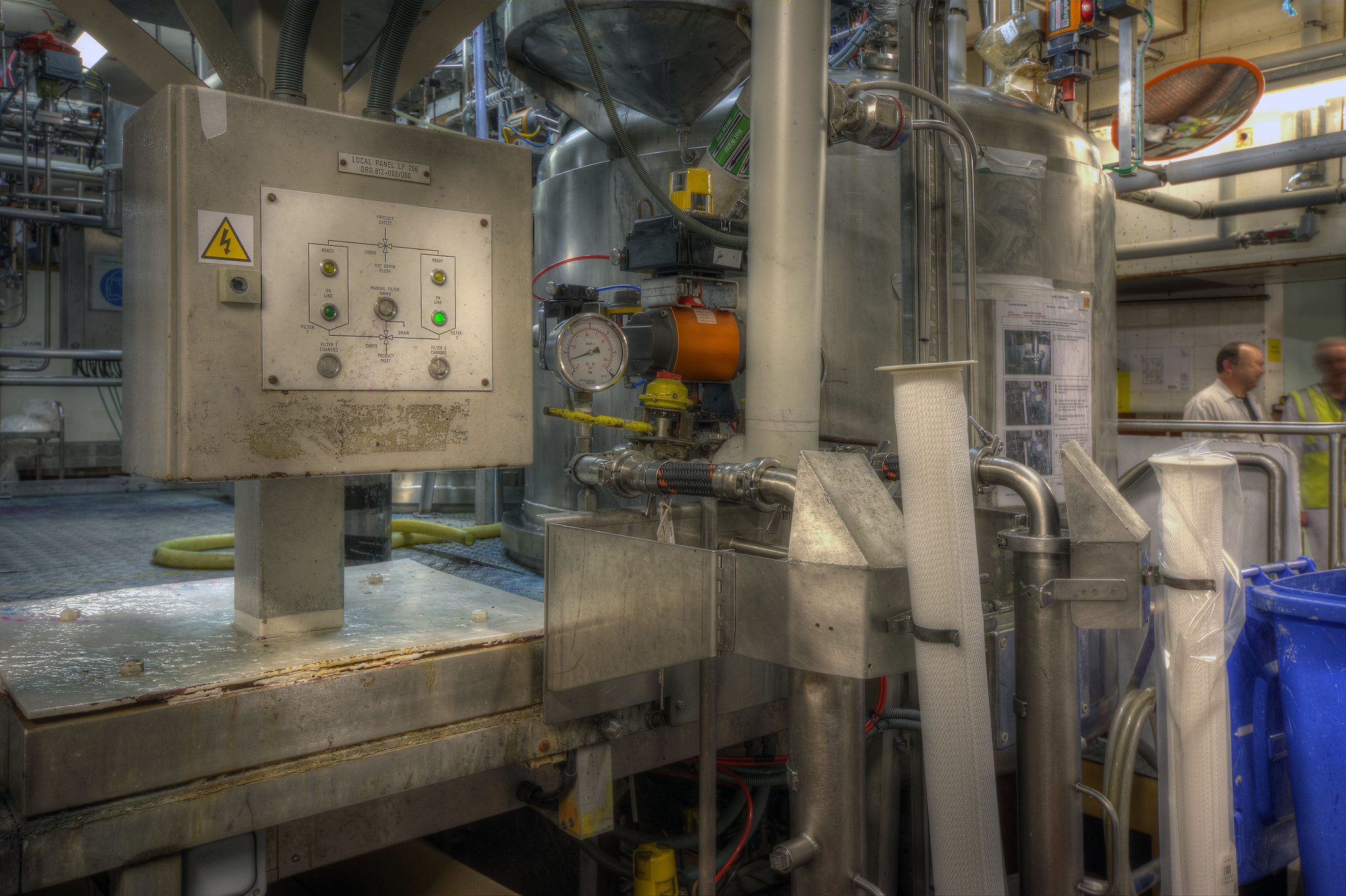
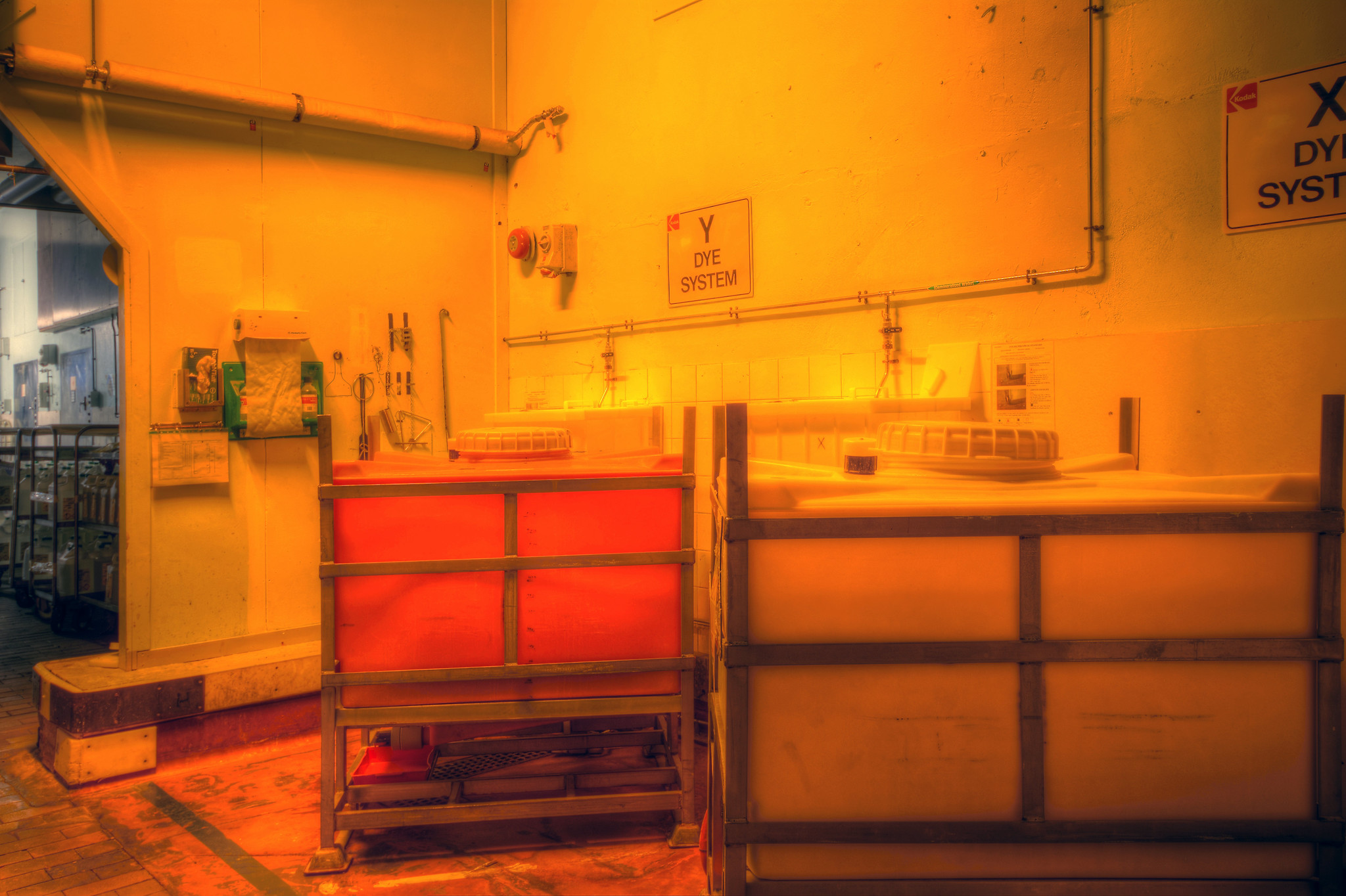
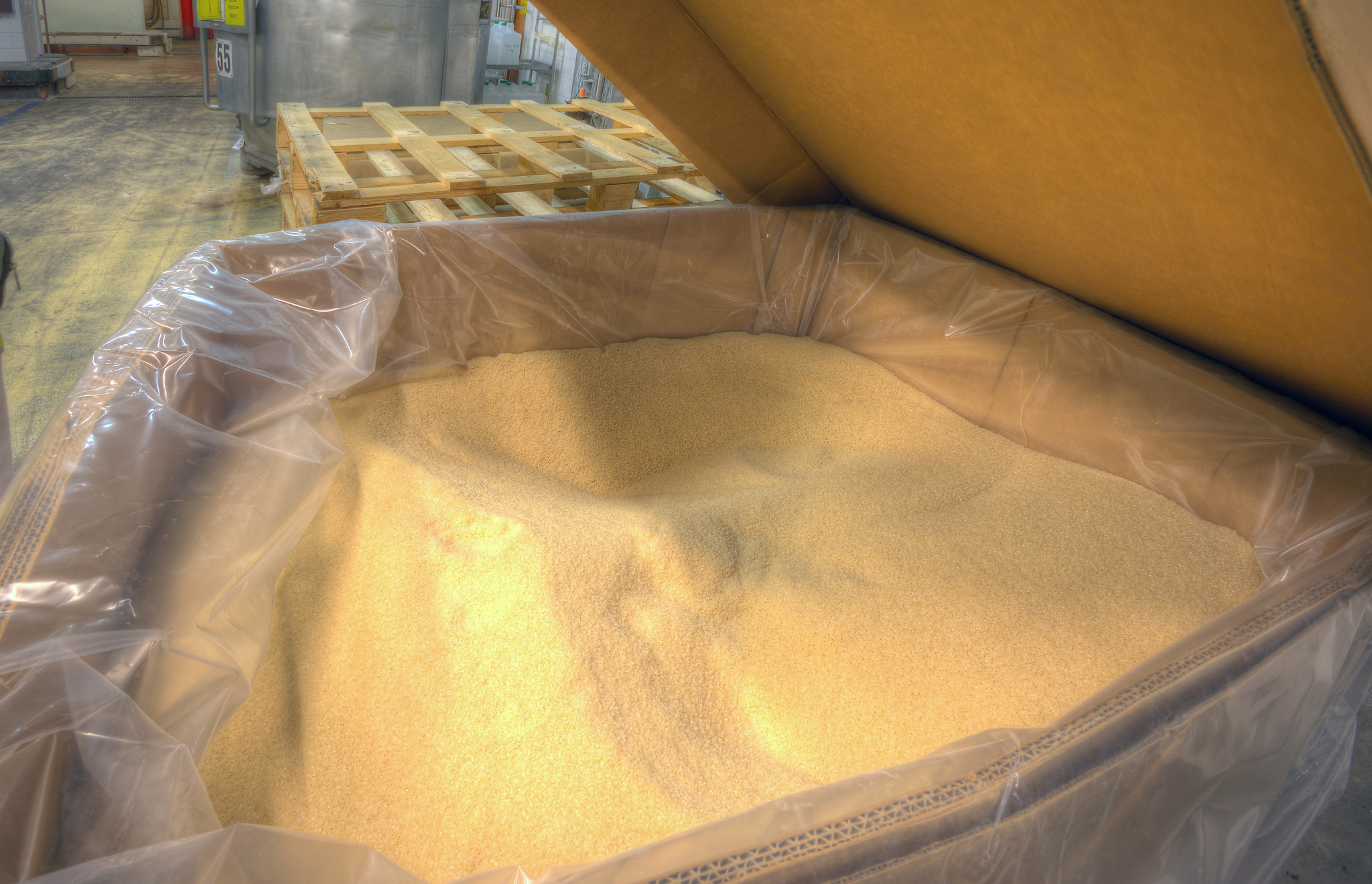
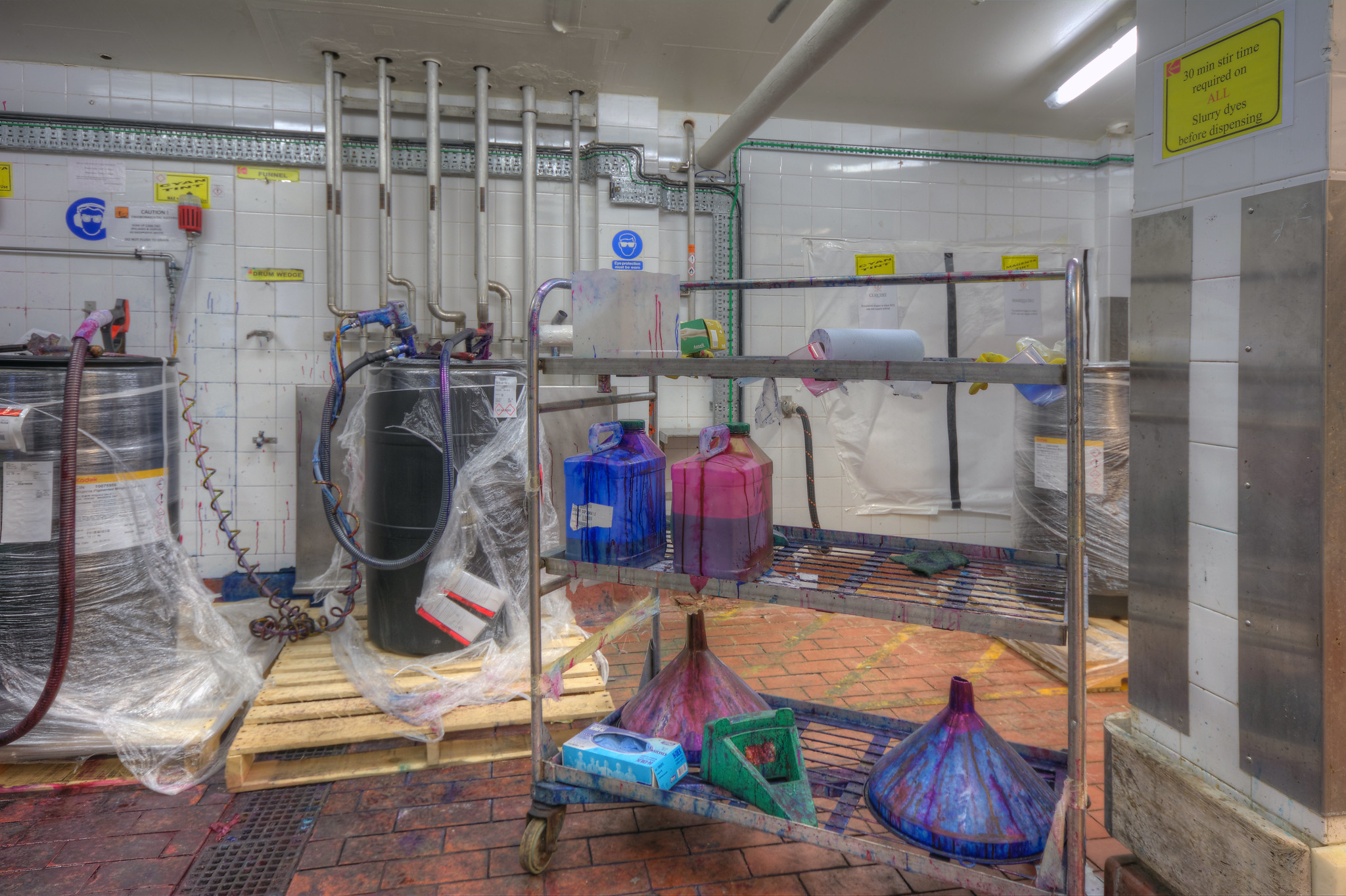
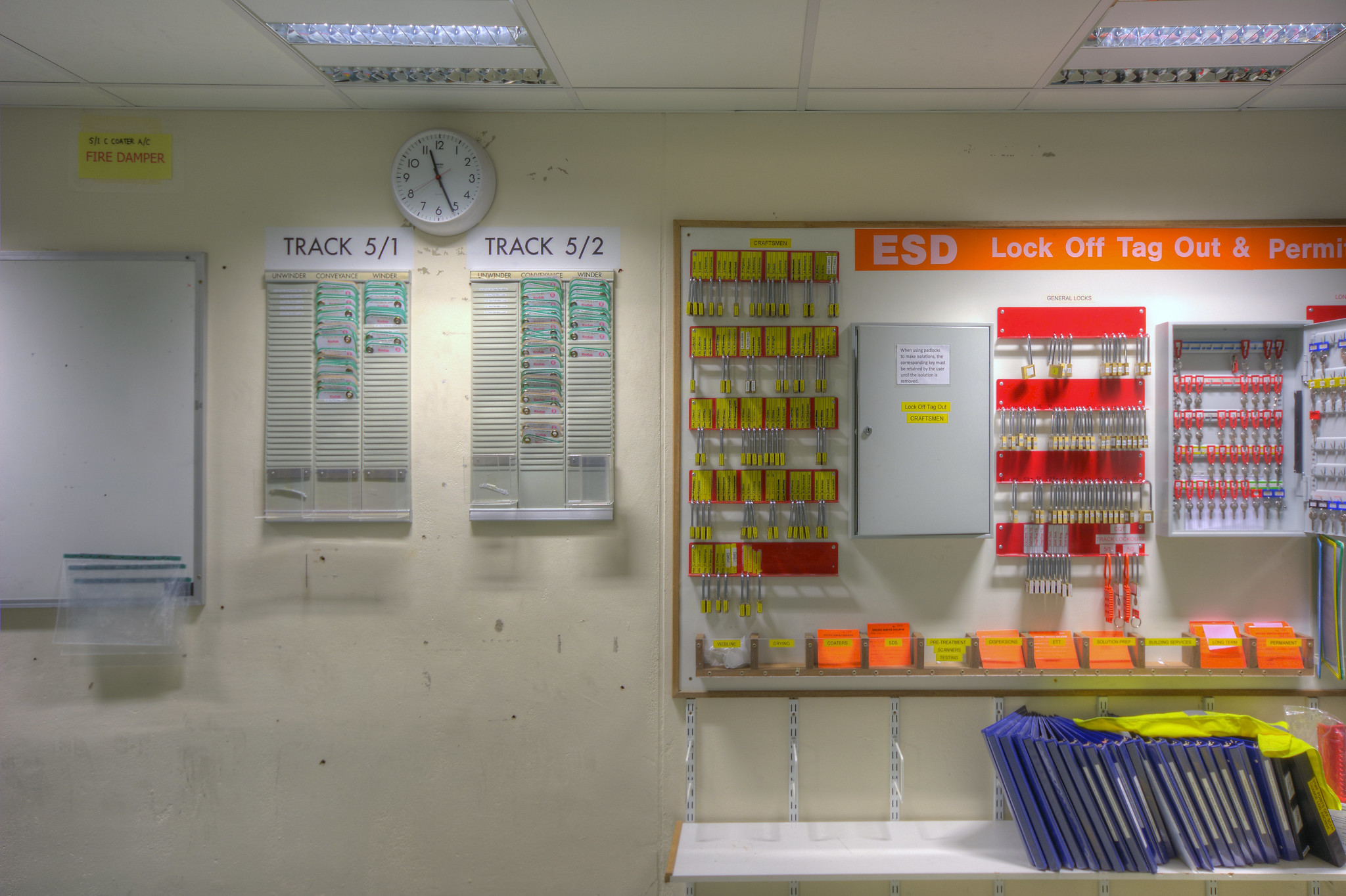
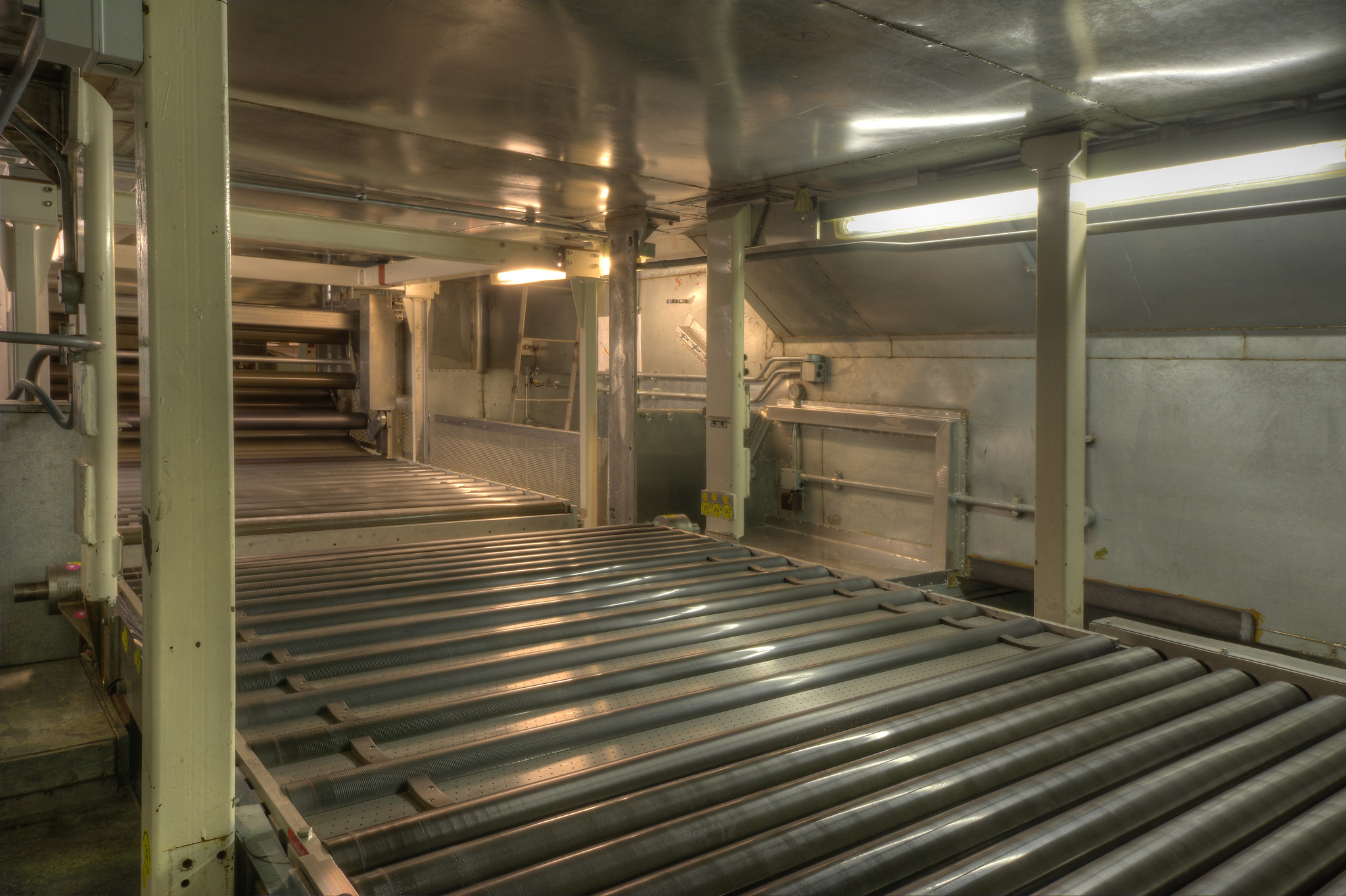
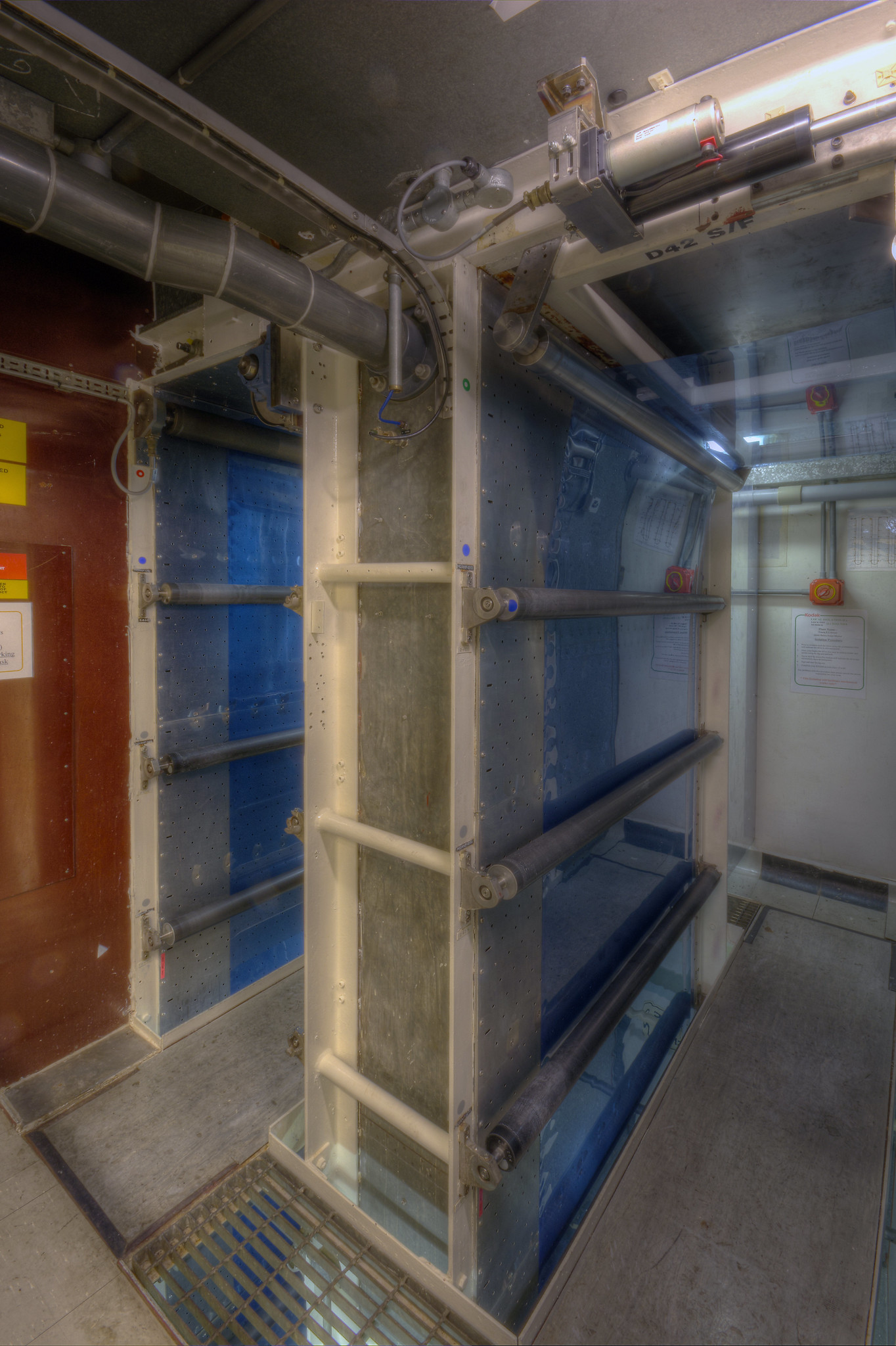
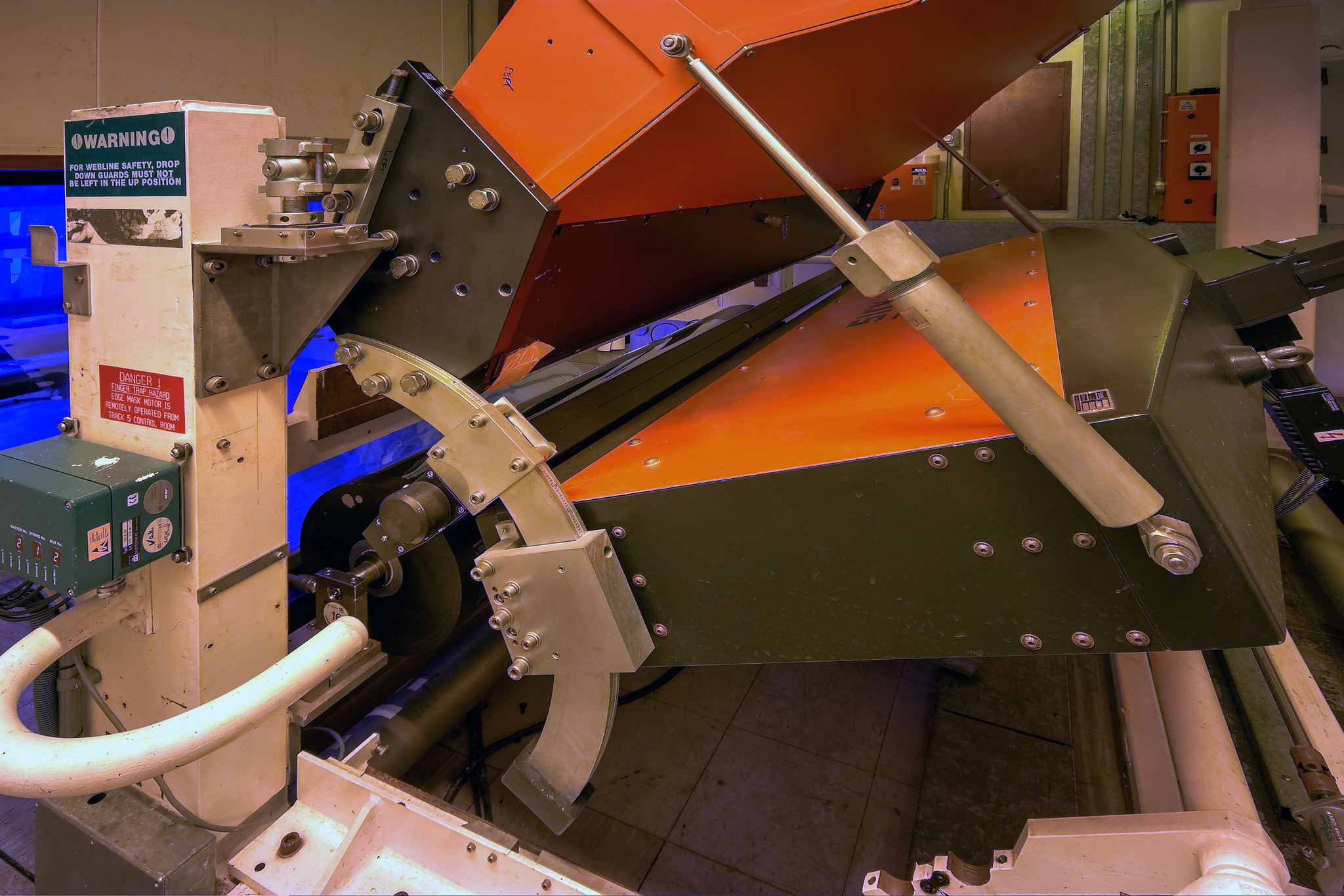
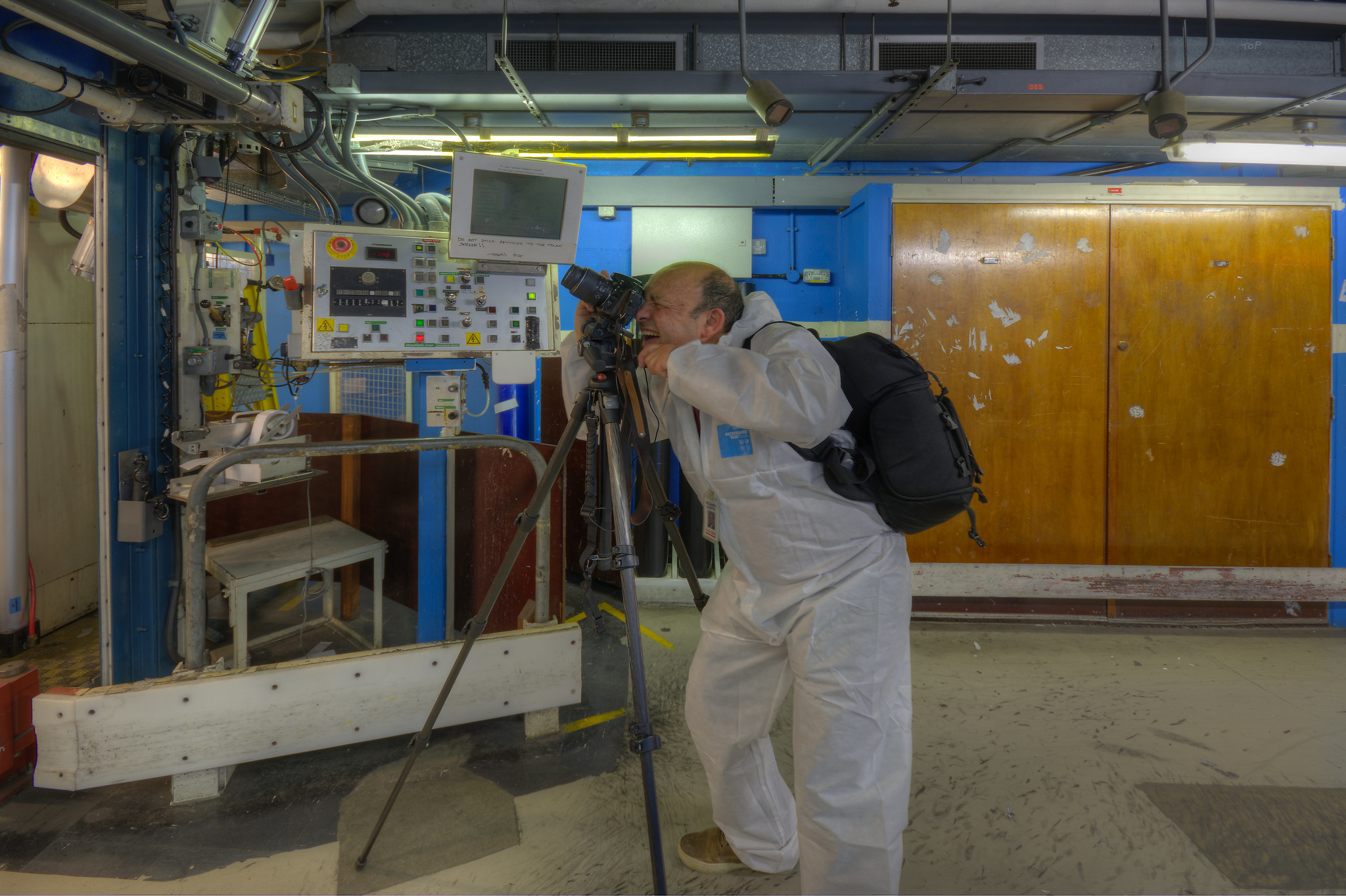
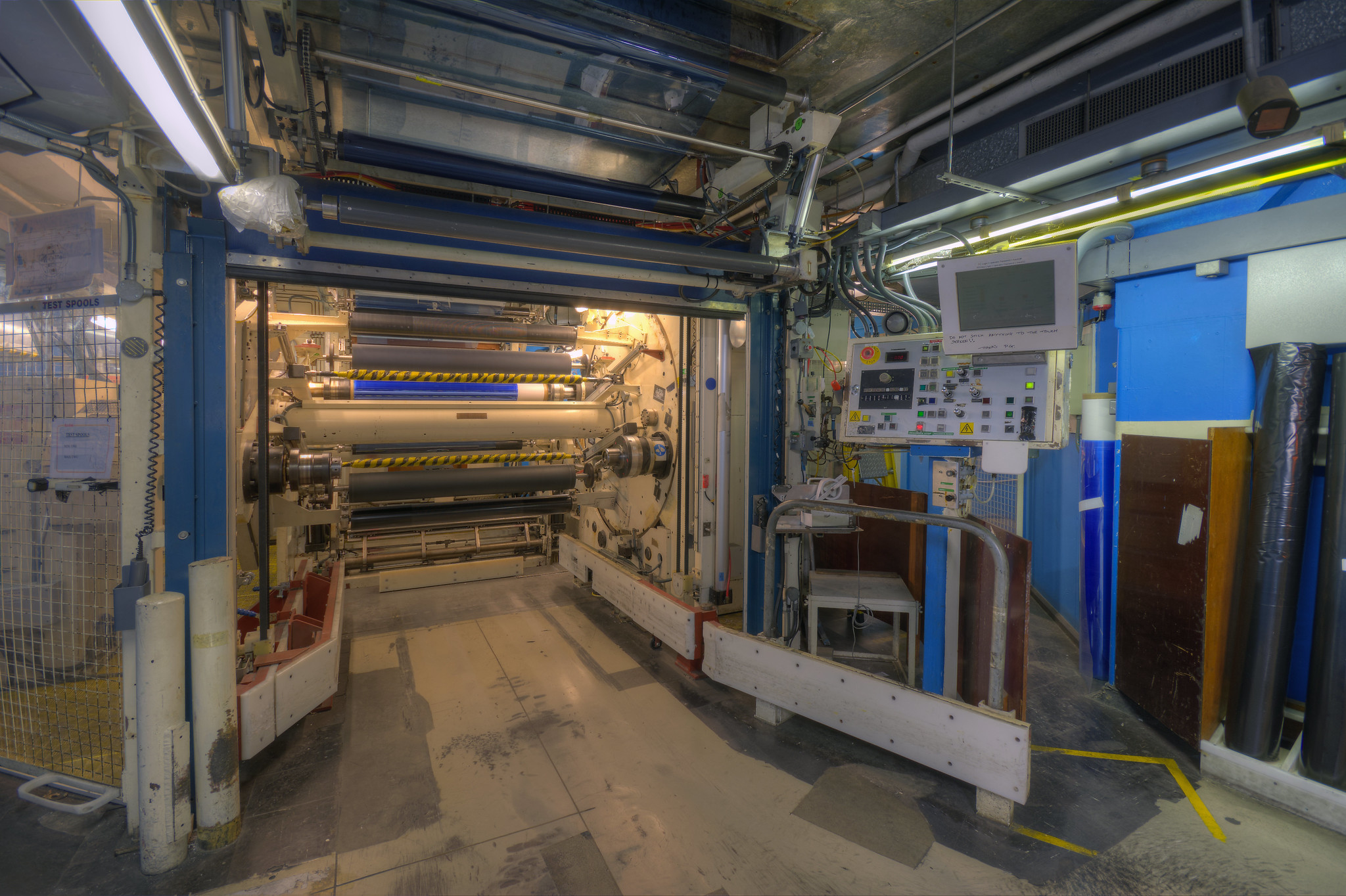

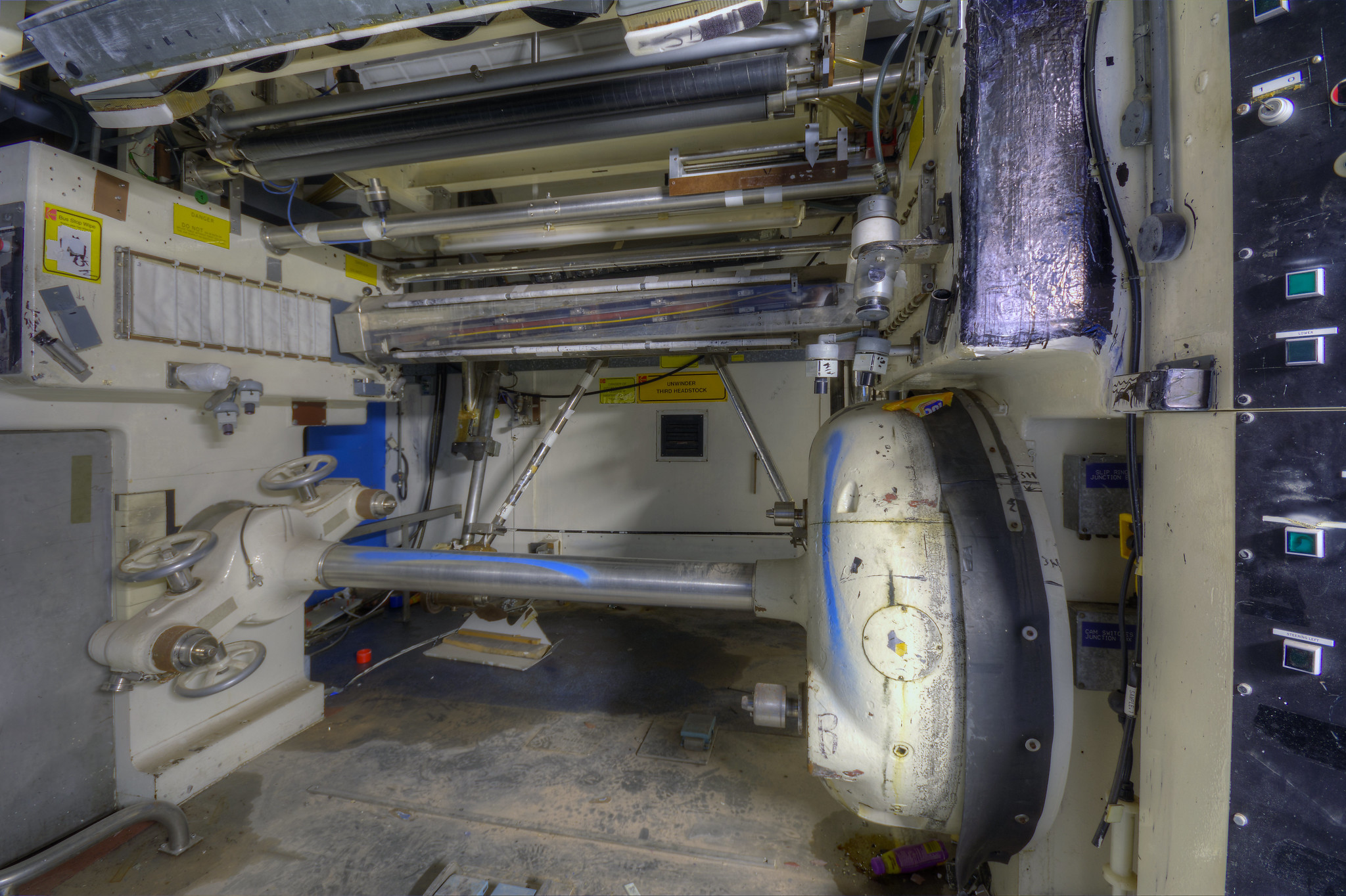
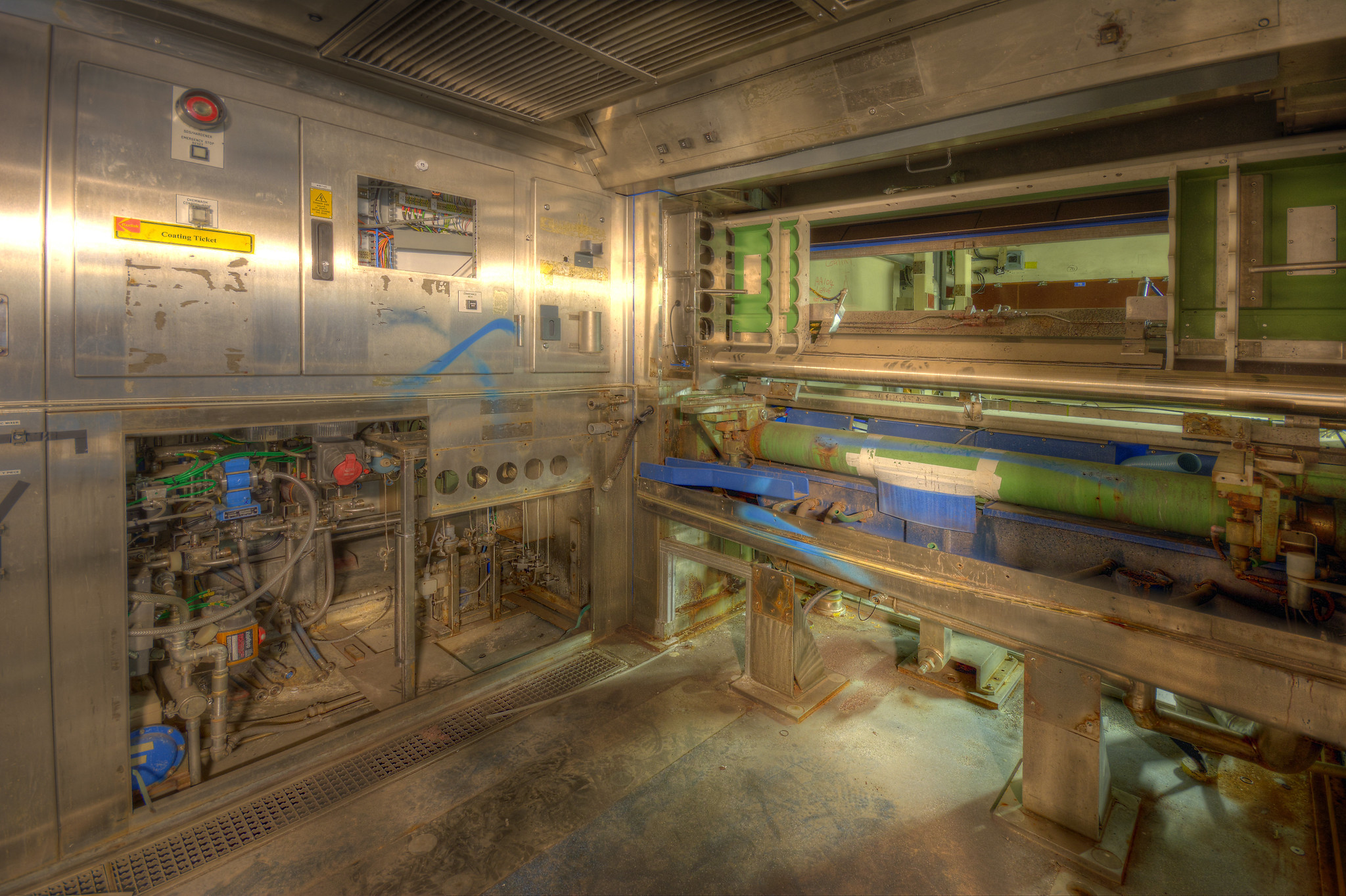
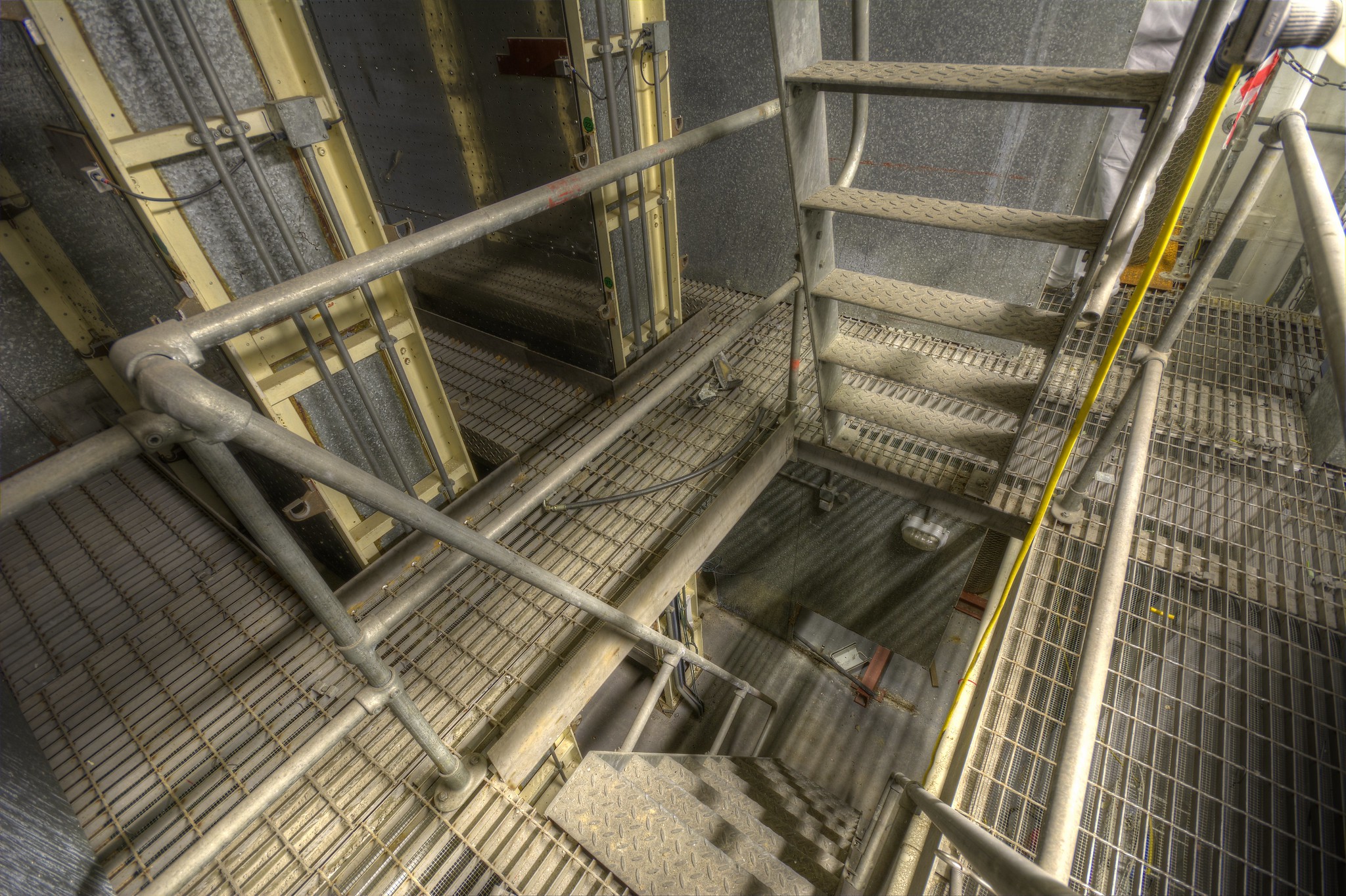
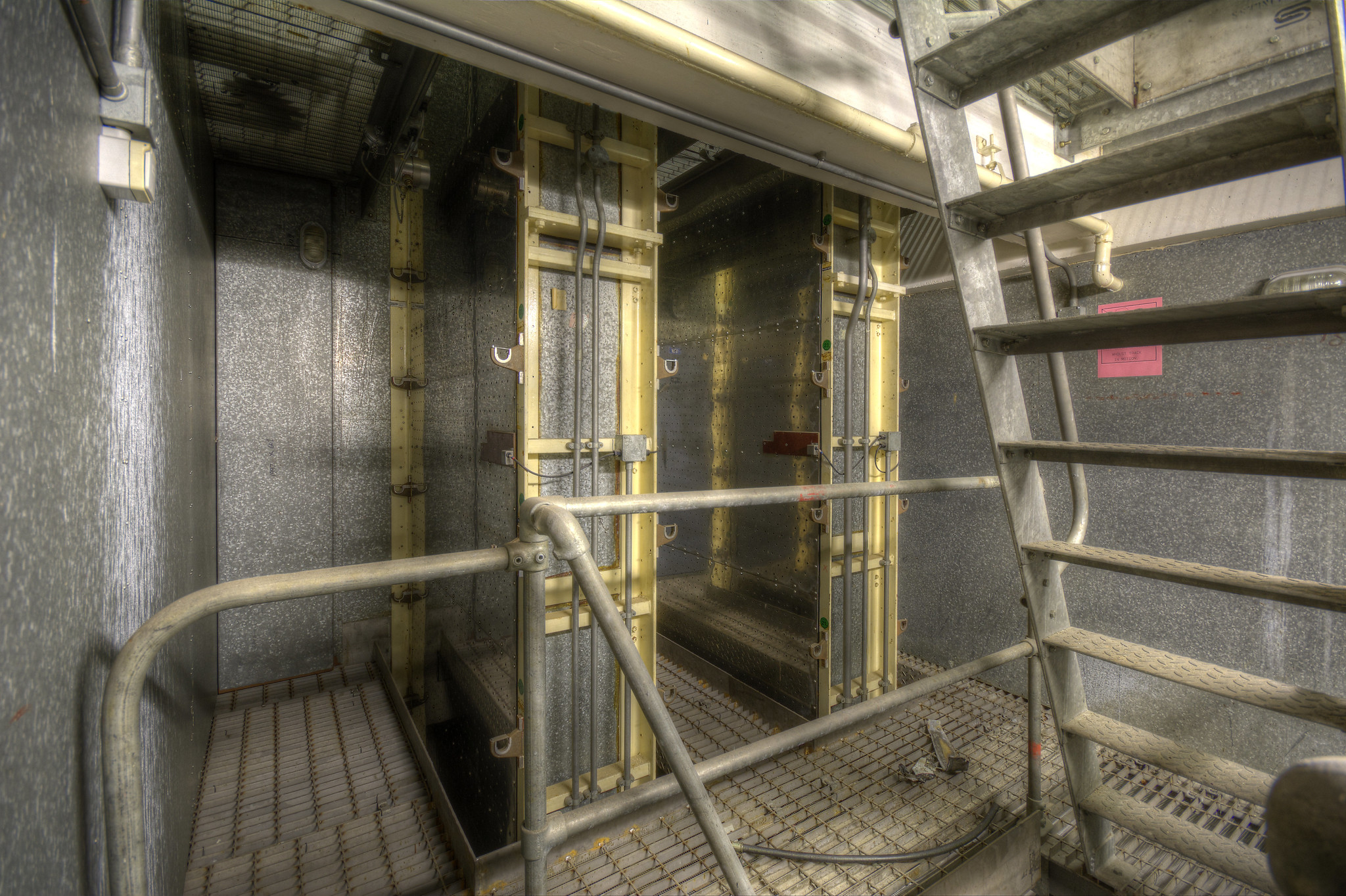
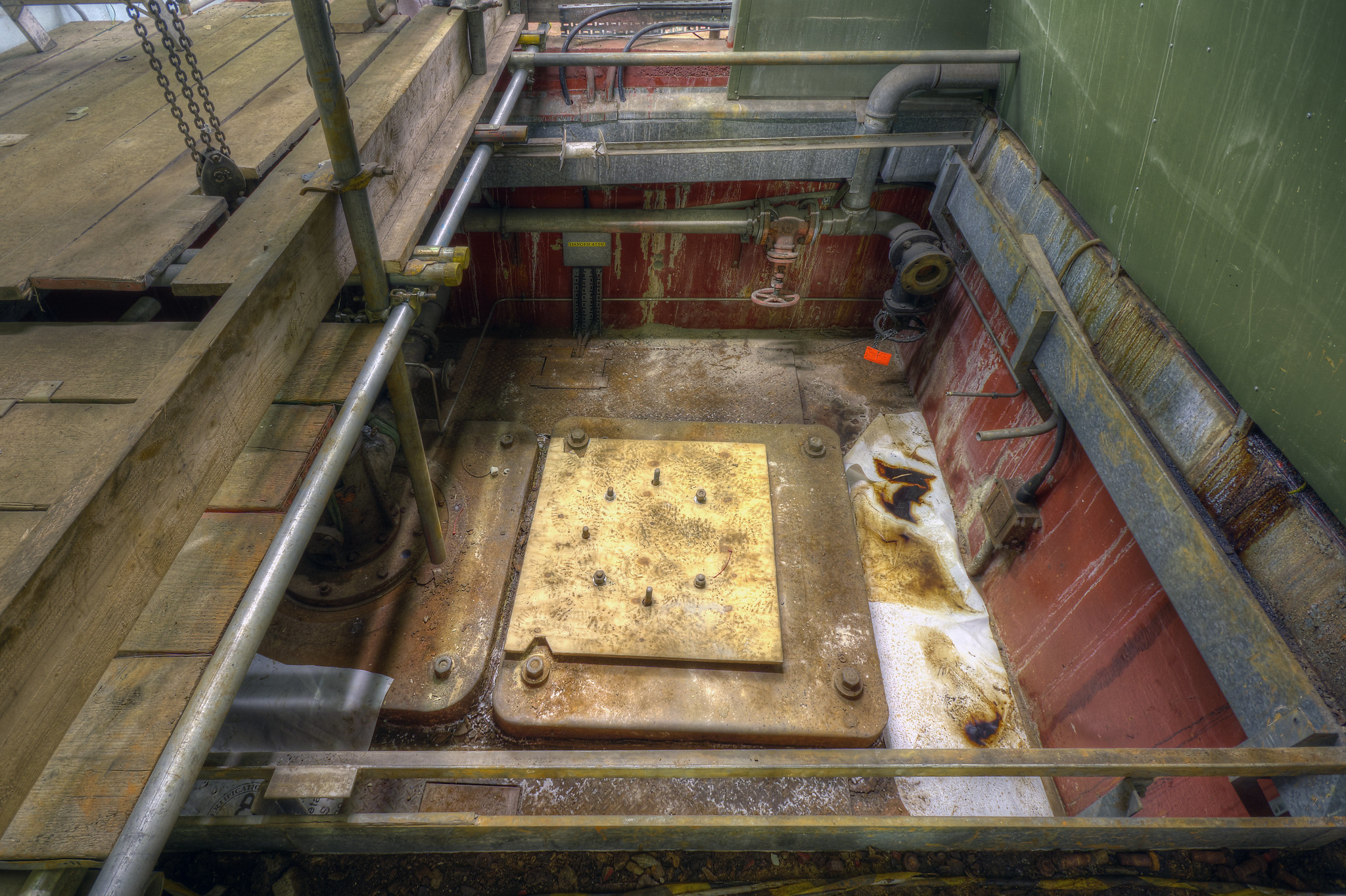
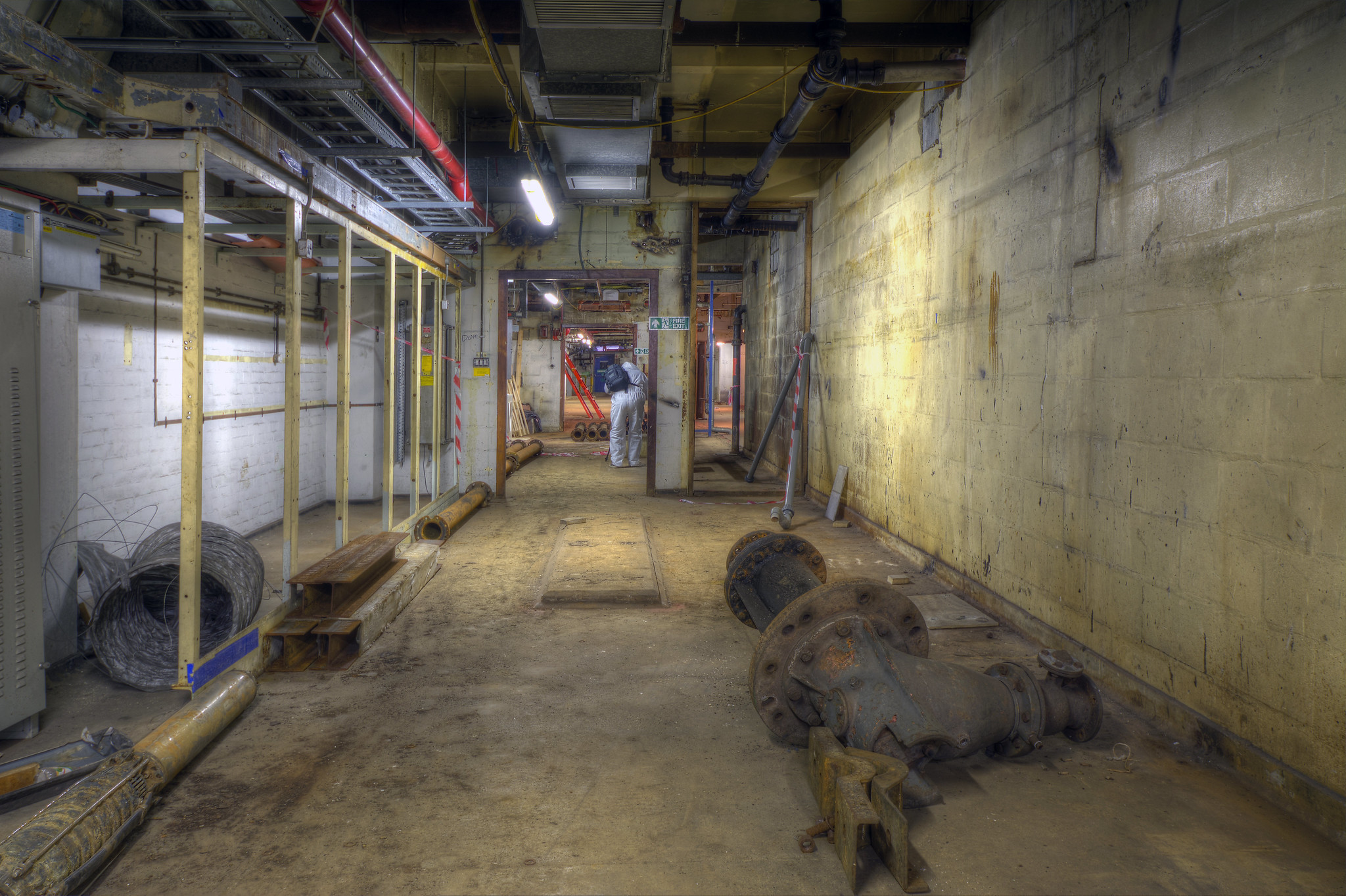
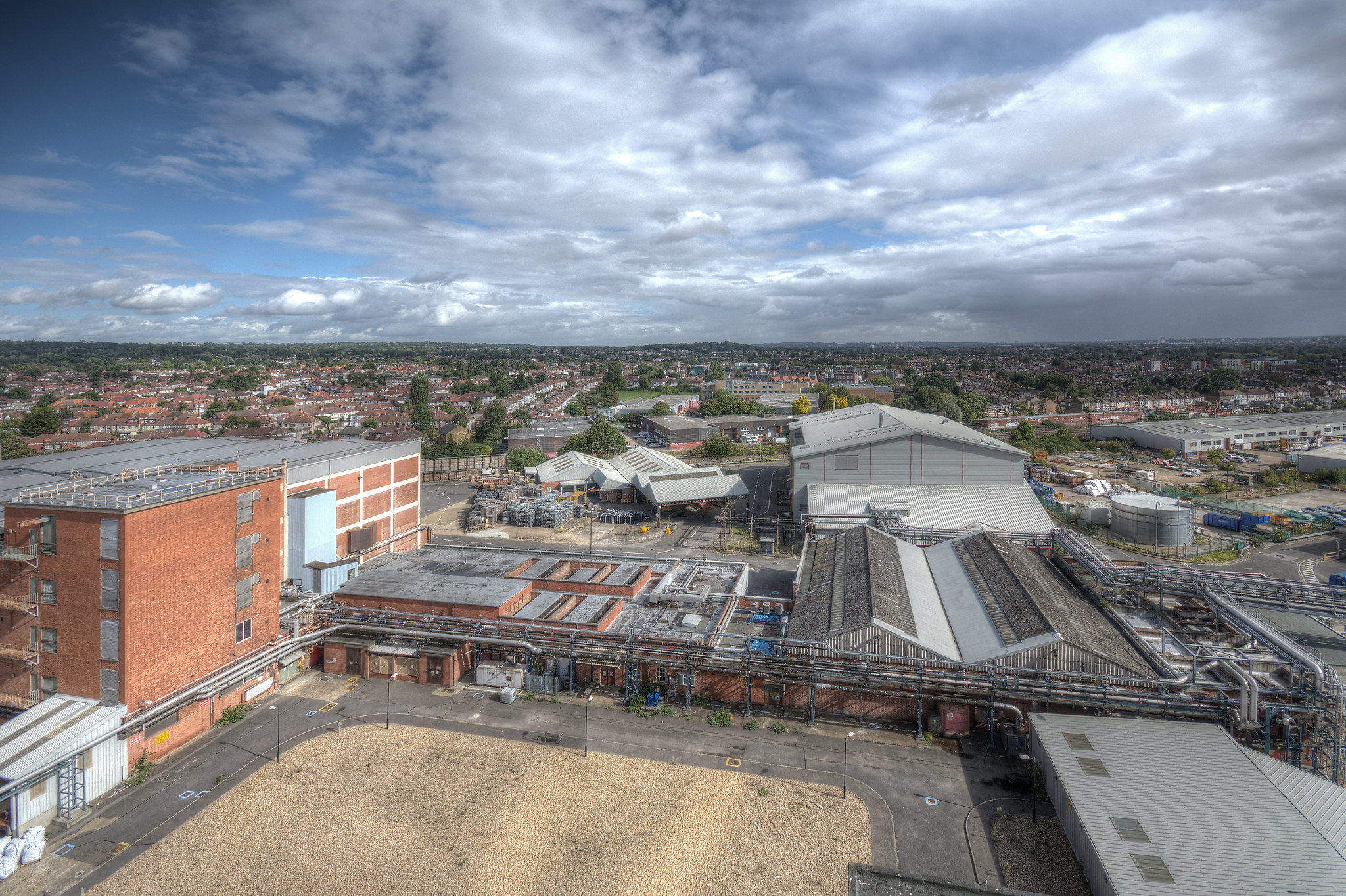
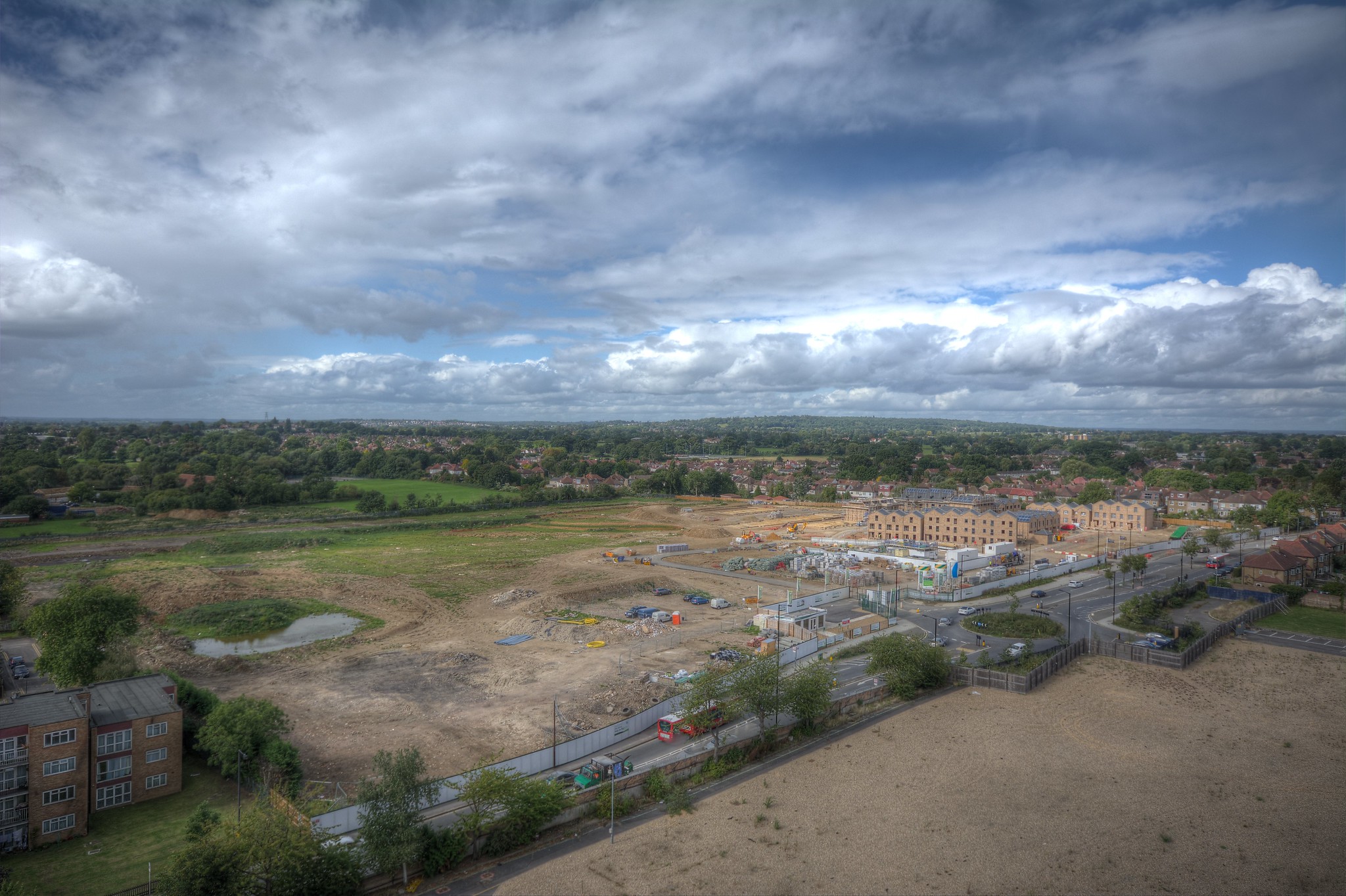
I never had the full tour, the only place I saw was the finishing section which you said has now been outsourced to other Continents. When they had the finishing section I was surprised that even in 2009 (not sure of the year exactly) that each roll that was cut was bagged manually by a person! Imagine 100’s or thousand of rolls per day and the final roll of paper was placed inside the bag by a person!
brings a tear to the eye. Great article James think you started about the same time as I started in service.
James, excellent review. In the 80s and 90s I was involved with a lot of specialist process control and the production of paper was always a tricky one. The clever bit of the process is to use batches ‘rolls of paper’ in a continual process without interruption. Contrary to what you might imagine the best way to do this is at high speed. The process you describe is similar to making most paper (I visited the Yellow Pages Mill at Tullis Russel , East Kilbride a few times and it is awesome) apart from one obvious exception.
One thing you may not have realised is that the paper’s temperature is regulated by heating, or cooling the rollers.
I had discussions with a Kodak engineer form Harrow in the 80’s tried to solve a liquid flow problem. It must have been winter time and I offered to visit to inspect. He said that wouldn’t work as the maintenance period was in summer. I persevered but the engineer gracefully pointed out why it would otherwise be impossible. The whole building was pitch black!
James,
Thank you so much for sharing your visit with all of us. I am so glad you have documented this for posterity. This same “Passing of an Era” is of course occurring in Rochester, but I know of no one who has documented it half so well as you have in Harrow.
Stu Evans
Great story and photos! Thank you for sharing!
This reminds me of my first years working for Kodak Processing Lab B-65! (1974-1986) You will be amazed at how the landscape will change once the factory is decommissioned. Grass now grows where our B-65 once stood. It was a sad event seeing that building come down.
Though KPL was closed in 1986, past employees still gather for an annual luncheon and share memories!
Thank you James for a thoroughly engaging and well illustrated story!
In the late 1980’s I visited that plant as a technician for Domino Printing Sciences of Cambridge. We placed an industrial hi-speed printer on the photo-paper line to print a code at the paper’s edge for identification/traceability purposes. This was before the paper was treated, right at the start of the line.
I haven’t been back since as I moved to the USA.
Incredible. What a wonderful opportunity to visit an iconic example of the industrial revolution at its peak.
Brilliant mate, lots of memories there James. The pictures of T5 unwinders and reelers bought the memories flooding back. Do miss the lads I worked with over my 16 years at Harrow, though not those 12 hour night shifts! Wish I had a pound for every time I said ‘mind me’ …….!
What a great reflection of the tracks, I worked for Kodak some 28 years and through your photos learnt a bit more than I did while I was there.
I worked in the finishing department starting in W155 3rd floor working in the sheets area then moving to the slitting machines, Pershkes and Automated Colour Line (A.C. L 2) before moving to W169. This is where a new slitting machine called Delta was installed capable of slitting paper at 400mts a minute. As one of you statements ….. wish you had started this earlier. May be through facebook set up a page requesting past and present photos and making a photo book.
Good work on on your present venture
Thank you so much for this nostalgic trip into our recent past.
That is brilliant brought back many memories of lying on our backs…….no not sleeping on nights but cleaning the loops…..
Where was the small canteen.
Hi Kevin,
I was lucky enough to get a tour round the site and into T5 in Oct ’16, having retired in 1990 after working there in the Film Emulsion for 40 years. I assume the small canteen you refer to was two Portacabins situated between T5 and the recently demolished Paper Building. What a come down!!!
.
Brings a tear to my eye to see it all gone. I worked at Stevenage, Annesley and Harrow in RC1, RC2, and track 5. Met some of the greatest people you could work with, including one of my best mates Alan Nash amongst may others. I’ve never forgotten any of you.
Hi Grant Ian smith here worked with you and Alan on Rc1 hope you are well. Very fond memories of those days.
Kodak had 60,000 employees in Rochester, NY, now I think maybe there are 100 there? My father in law worked there in the machine shop. I grew up 30 miles away and toured one of the facilities in high school Only remember being amazed at how long the building was inside, workers used powered carts of some sort to get around because it was so huge.
Hi James
Fascinating article and great photos. Brought back many happy memories.
Hope you and the family are all well – are back living in the UK now?Love to hear from you.Best regards
Bob
Bob – Best wishes from Rochester!
Nostalgia would be an appropriate word to describe what is about to happen…
Thank you for describing so wonderfully this =)
You are one of the fortunate ones that was in touch with a delicate and magnificent process – probably that is why it takes too much to see “beauty” in new invents or process. We are so used to things and the way that things are done that when someone or something else comes and changes it, is like tear off a part of yourself.
Once again, thanks for sharing this
I live in Harrow so have seen all the changes first hand..
I was in research W93 and W92
I still pass through Harrow view watching the changes to car park and sports centre etc
I just tell me grandchildren now that life changes, companies like Kodak also change..
My heart breaks to see and remember the incident when one of the employee suggested and produced a digital picture and it was not taken seriously..
Imagine if the management kept open mind to develop this technology .. ..
do I tell my children and grandchildren if we do not adapt and change with time we fall…
So very many times I recall the walk from the Harrow-Wealdstone station to Kodak Ltd. And so many good friends in the Research Labs and the Tech Center. Best of memories.
I was the senior supervisor when Track 5 was being built . I later became the factory manager and manufacturing director. I retired in 1988. Thank you for your photos and article,
Cyril Sugarman
Quite interesting, but why the need to run every picture through Photomatix for that must-have boring HDR look?
Because that is the look I like David. 🙂
I was so proud to be part of the Vision 2000 project. Our team at Kodak Park worked with the Harrow team. Kodak Park engineers, and Shops built, delivered and installed the new coaters for track 5.
Great photo record. I worked for 33 years on the Harrow site, mostly in R&D. I’m still working at the ‘new’ Kodak Ltd a few miles away but these pictures brought a lump to my throat. Thanks.
I started at Kodak in the Research in 1950 , then transferred into the factory after my National Service to work in the Film Emulsion as a Product Controller. I those days we had Tracks 1,2.3 and 3P (which was in the old Paper Building).
After Track 4 was built T1,2& 3 were demolished, then came Track 5 which was originally one continuous track but was later split in two. In my time we made many different film products, such as Amateur roll and sheet films, Kodachrome and Ektachrome Films, Motion Picture film, Aero Films, Microfilms and of course many Graphic Arts films.
Well done. I too was a frequent visitor to Harrow and like Jerry, I remember the walk from the station to the factory past the quaint and neatly kept English homes. It is difficult to accept that Harrow Factory will be gone. Mr. Eastman was making film there in 1891. He had an early vision that his little company would have international importance.
It was great while it lasted. 125 years is a pretty good run for a technology that smears animal gelatin, Ag salts, and some other tidbits onto a substrate (with due respect).
I enjoyed seeing the names of Jerry Willer, Andy Church, Bob Dolby, Fred, and others.
Bob Shanebrook
makingKODAK film.com
Please can anyone tell me if there is there any way I can trace a old school friend who I am told worked at the Kodak (Harrow) factory I believe he worked in the boiler/power/plant room.
Hi,
My Nan’s is Gerry Geldbert, l worked at Kodak Harrow for 26years. First in Film Emulsion, test coating then moved to Film Finishing. Working on shift, we produced film for special services. I was a Process Line Controller 2 in charge of shift of about 15 people. I made a lot friends during my time at Kodak it’s a shame that it has all ended. I now live in Canada which also at one time had a Kodak plant.
Gerry Geldbert.